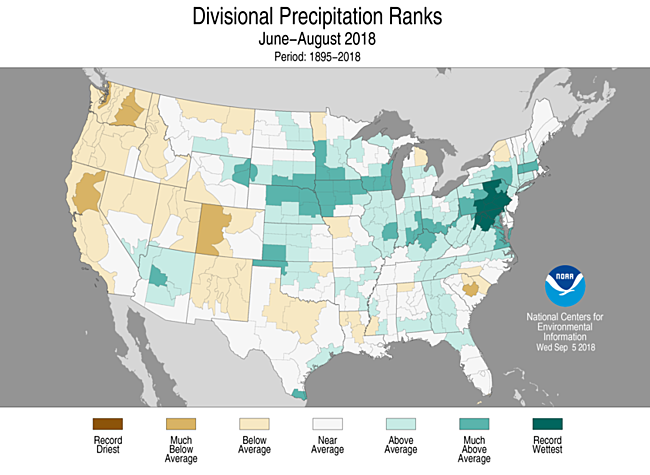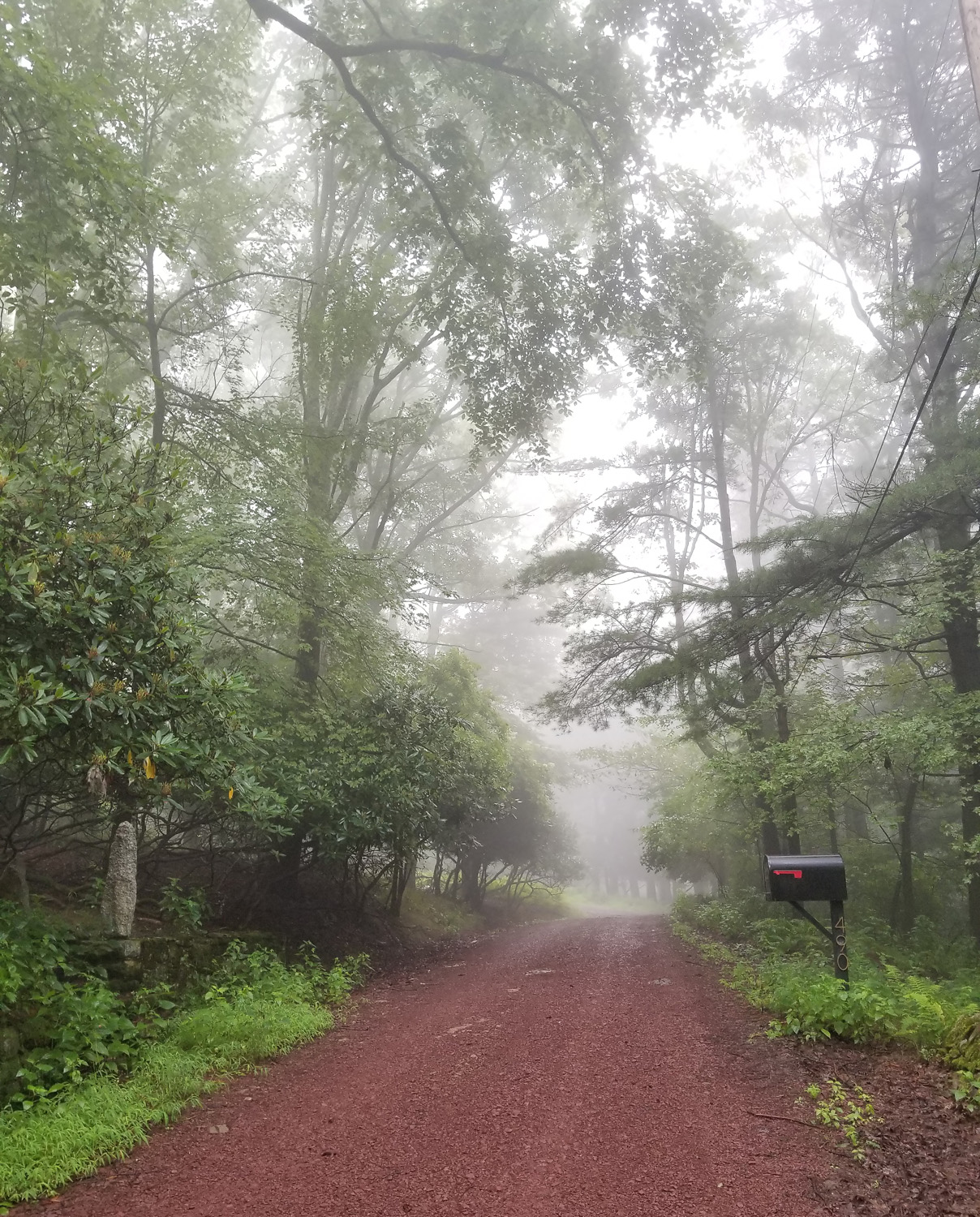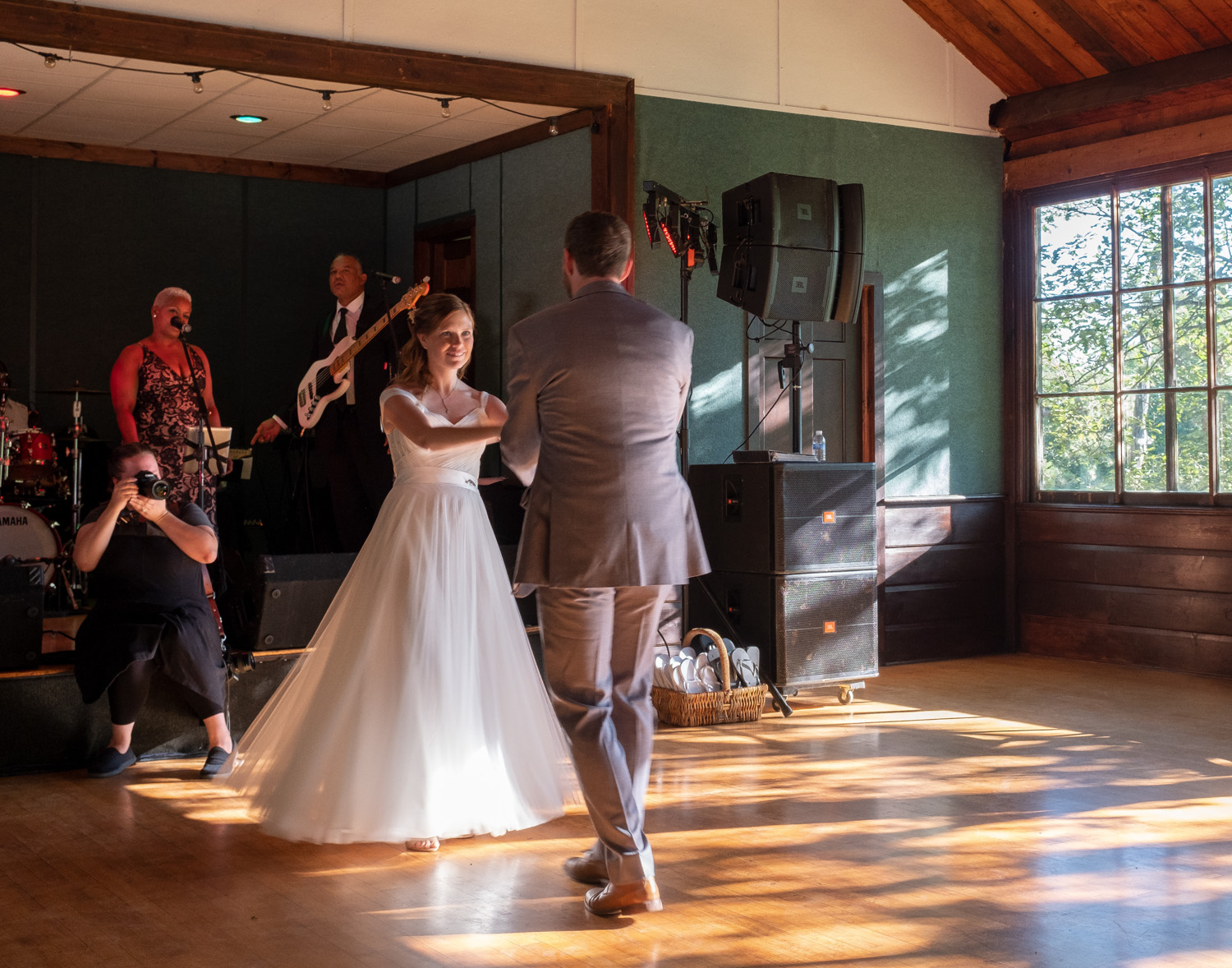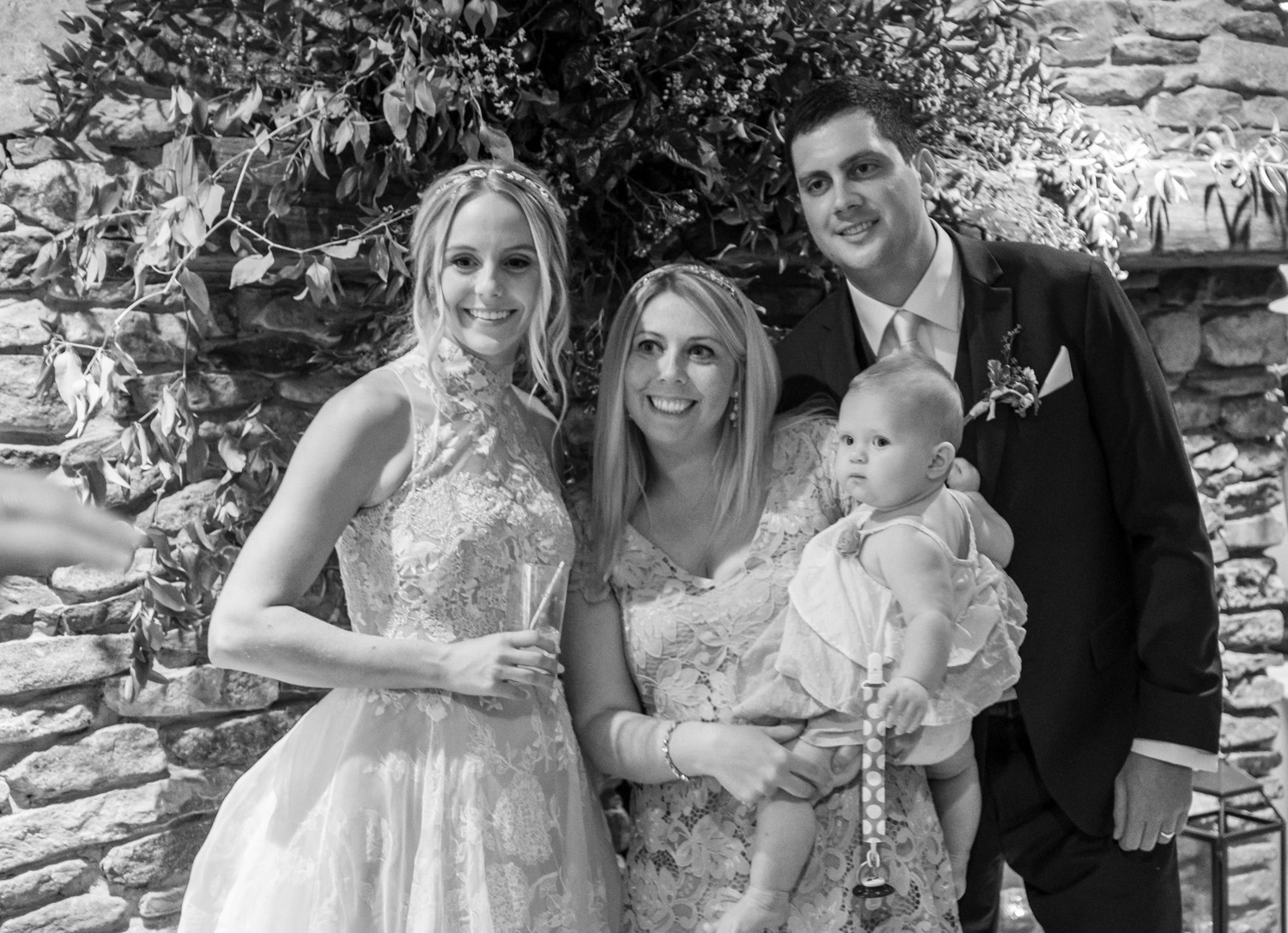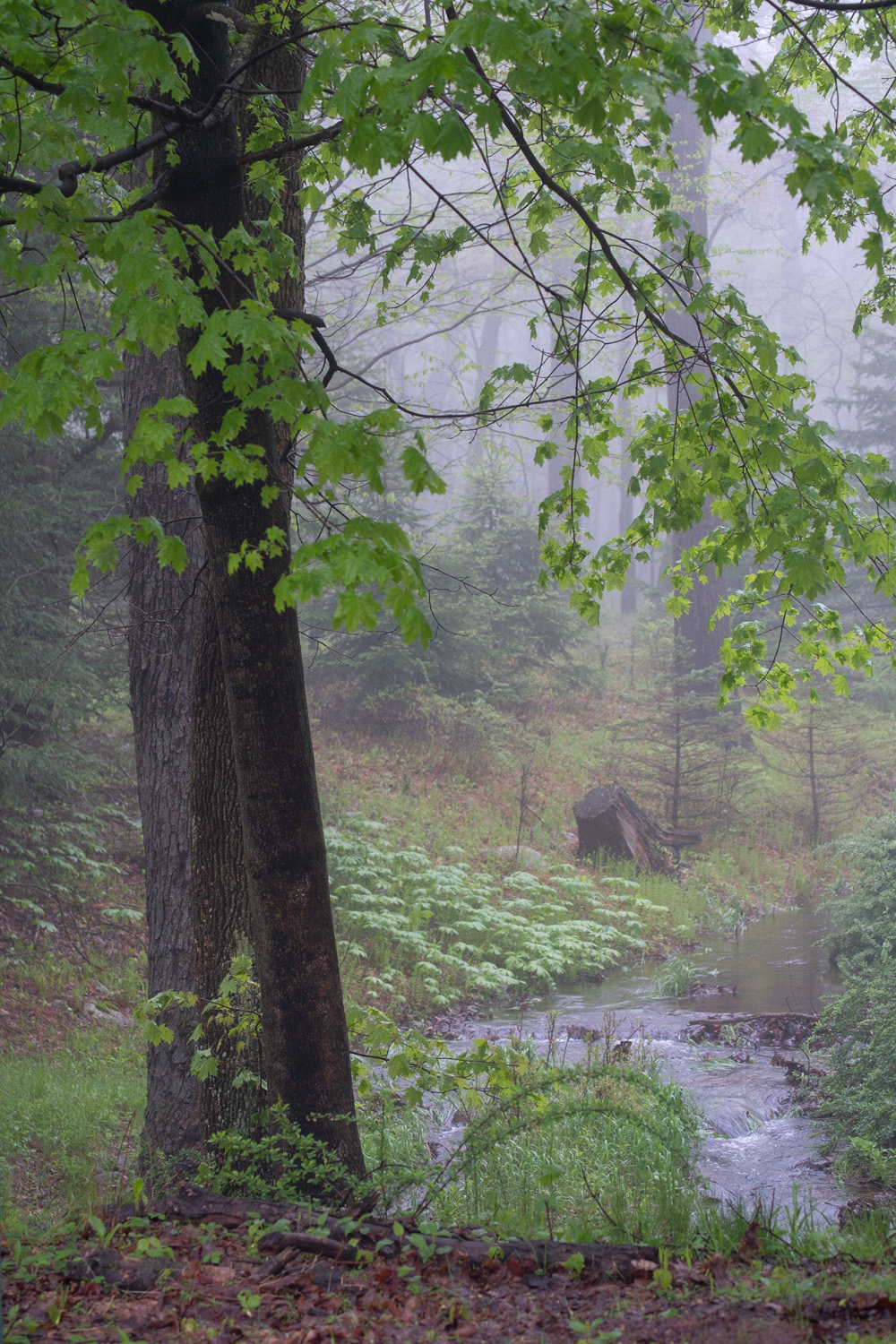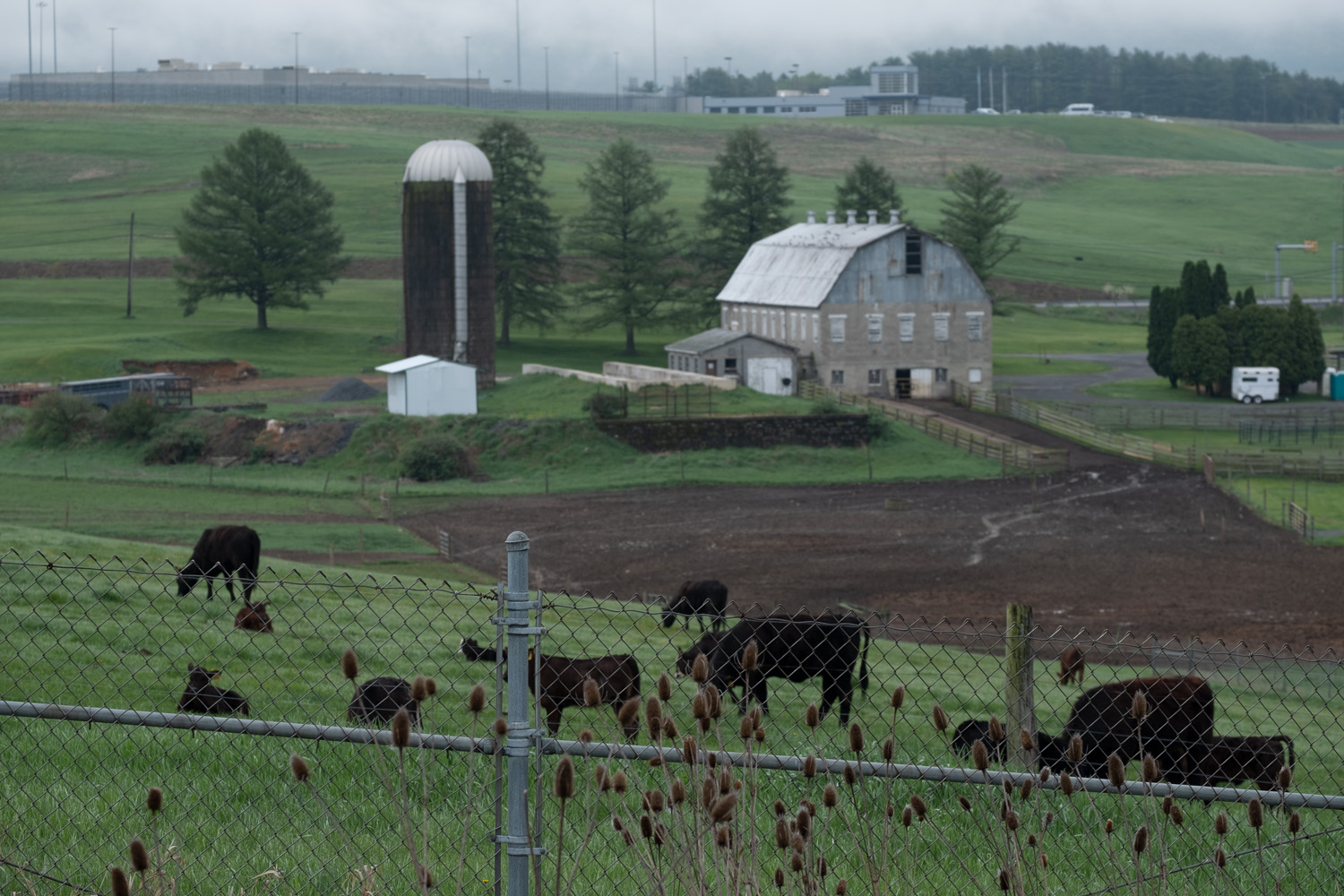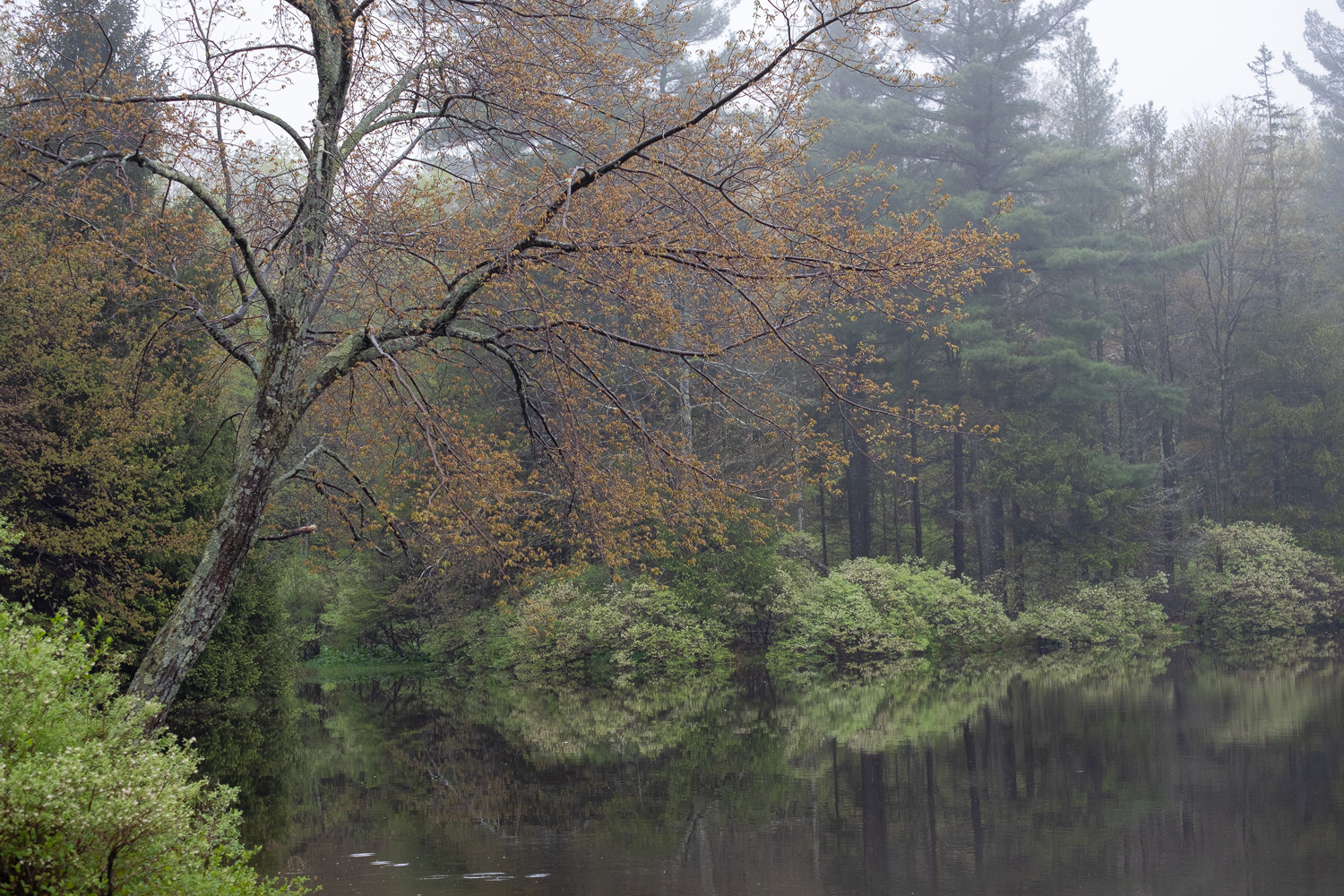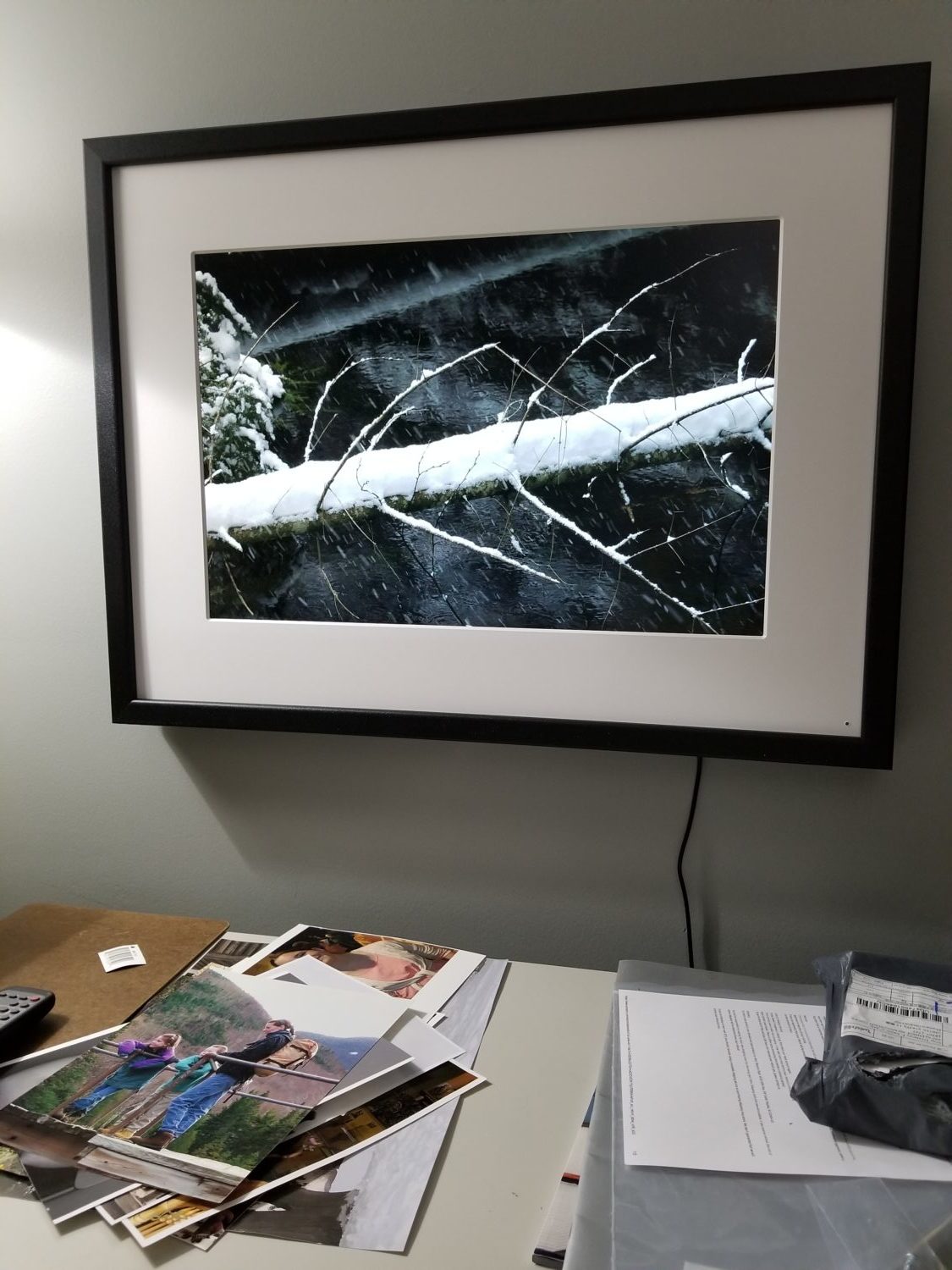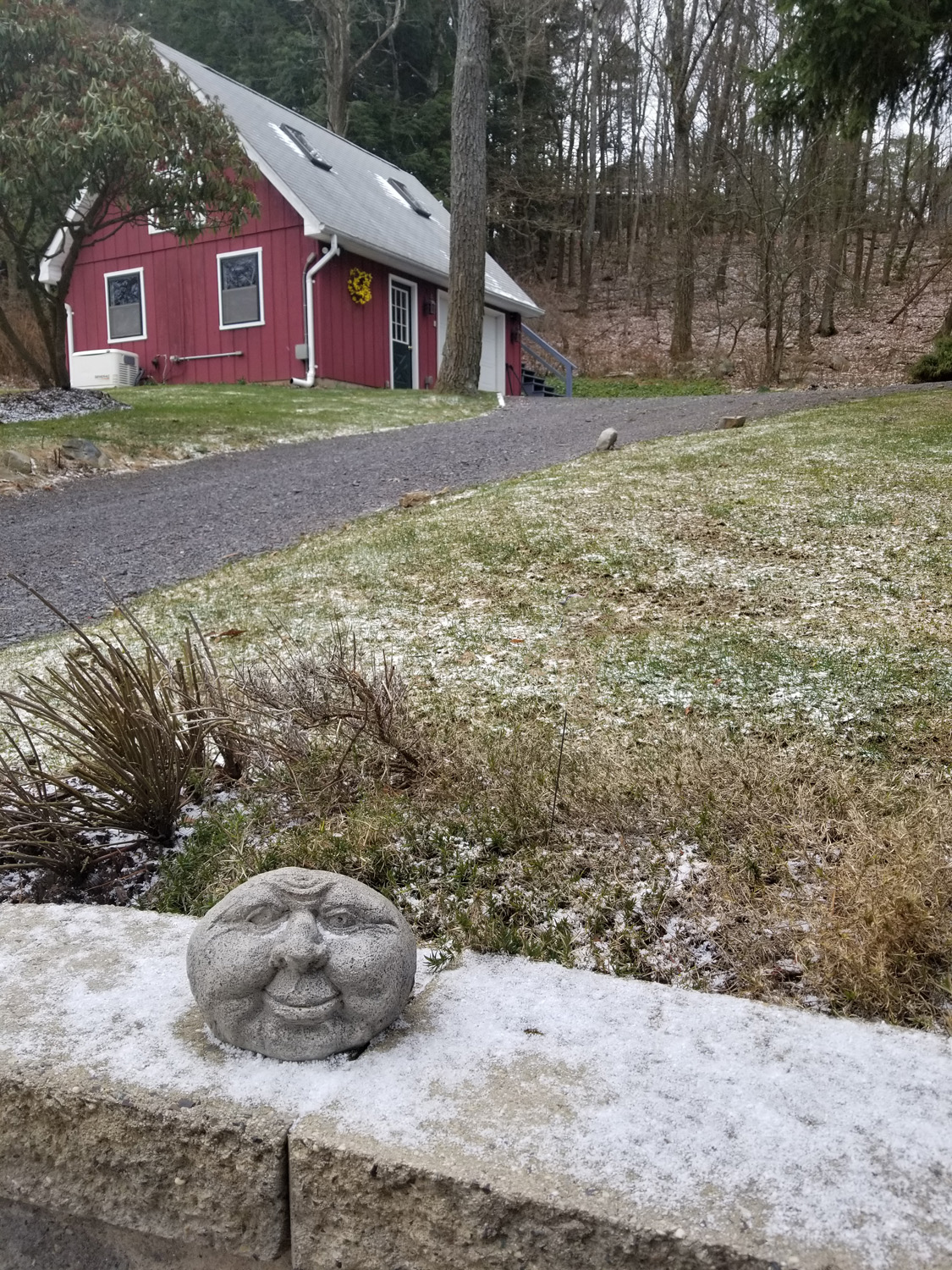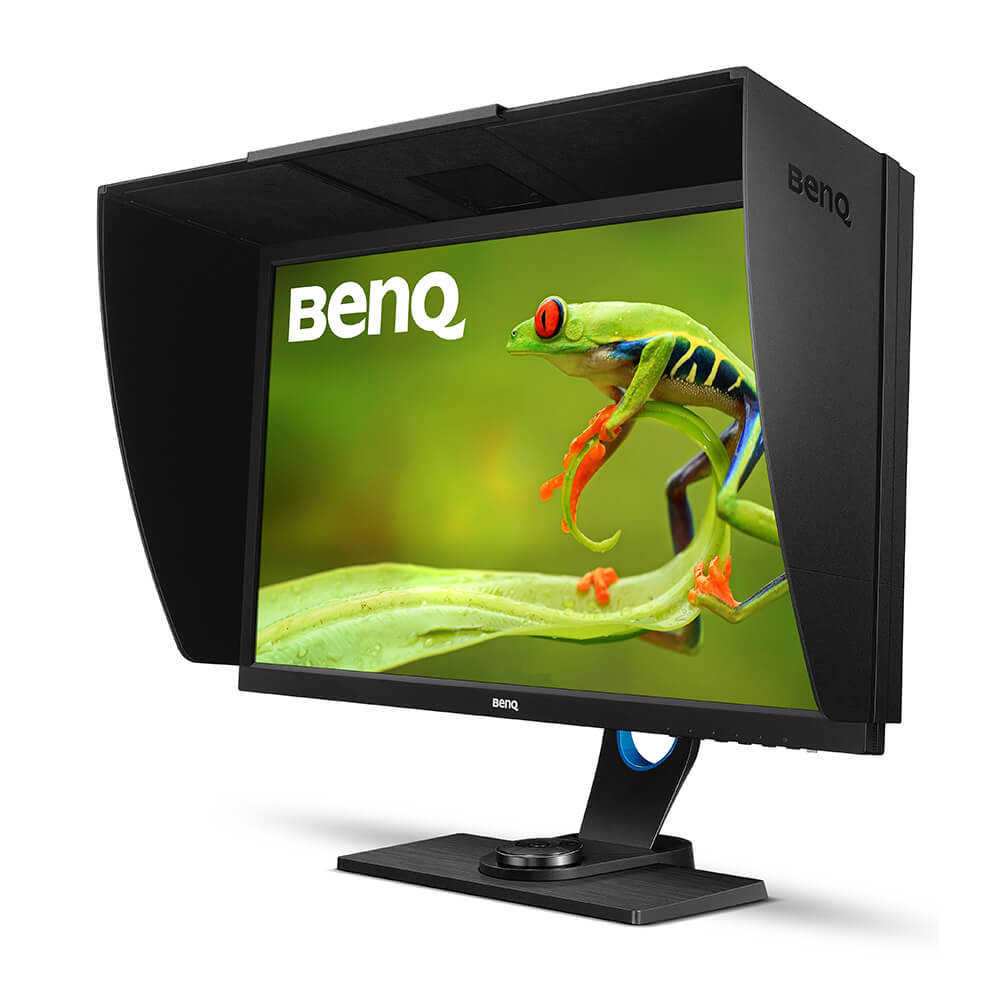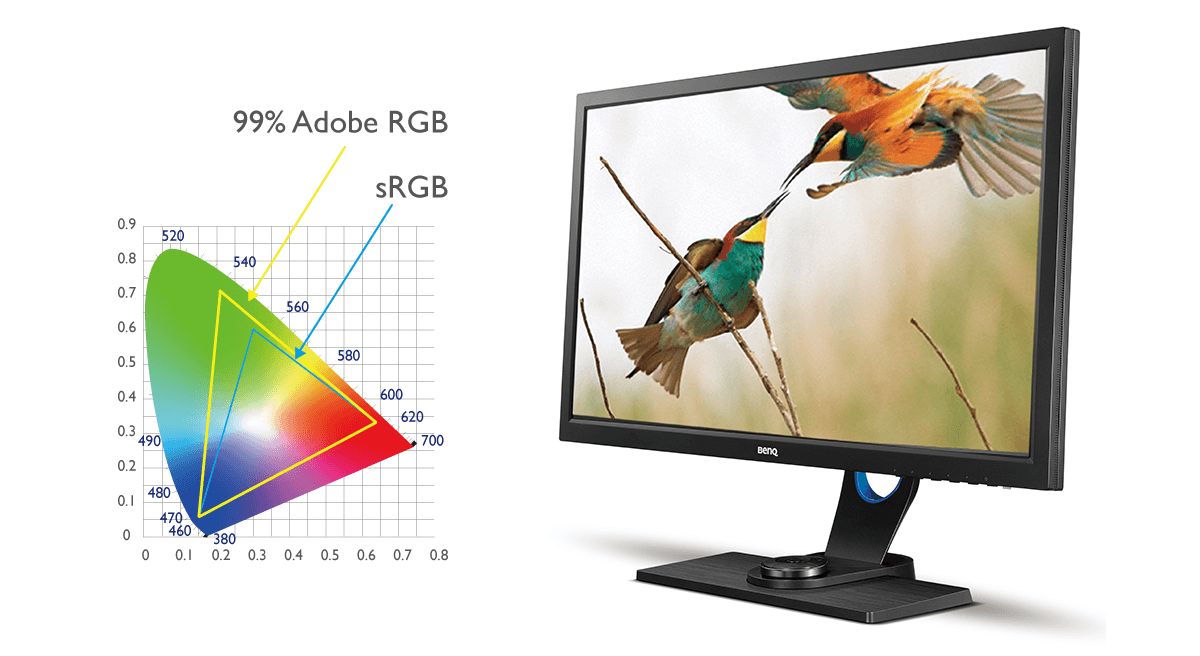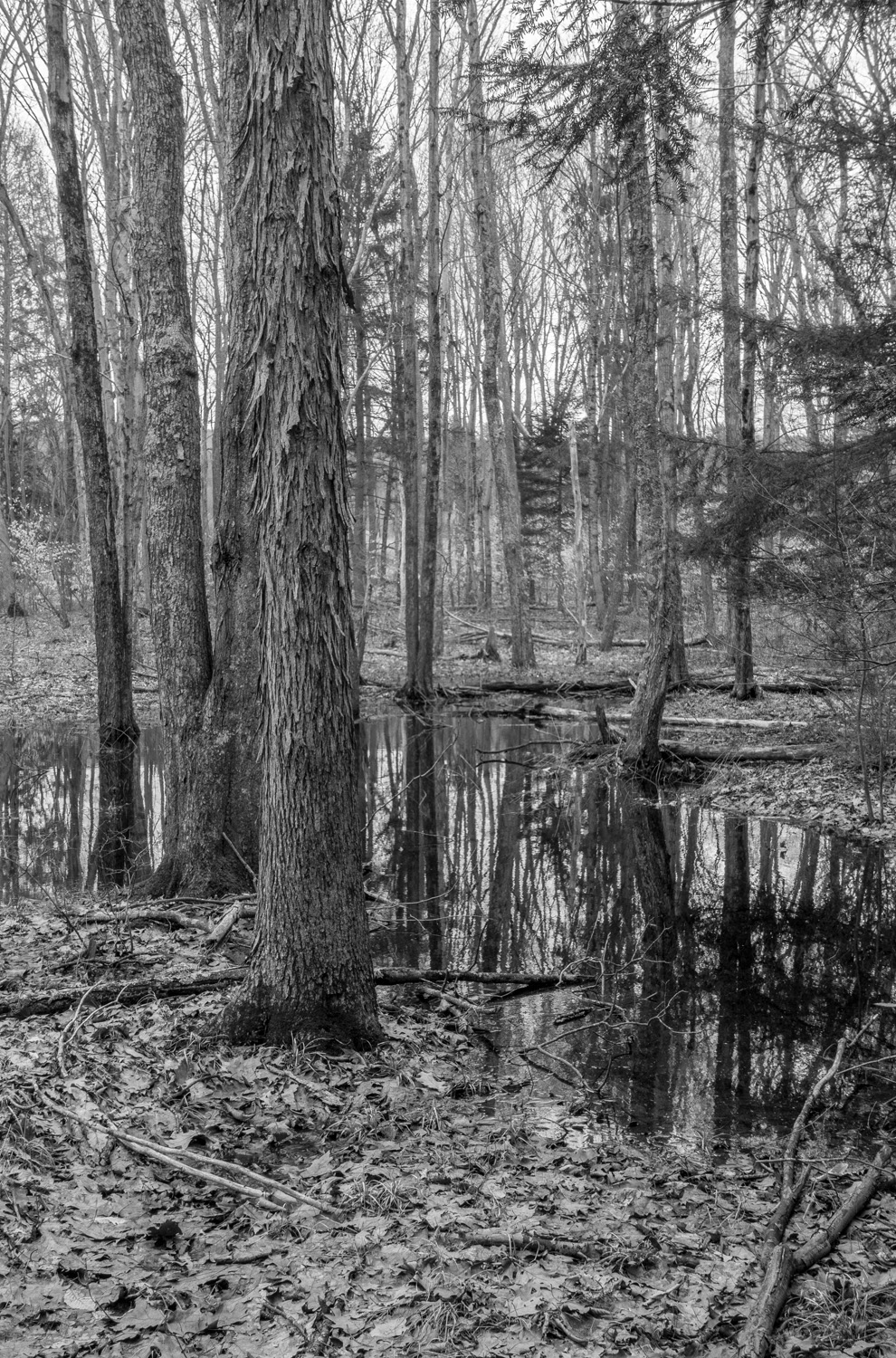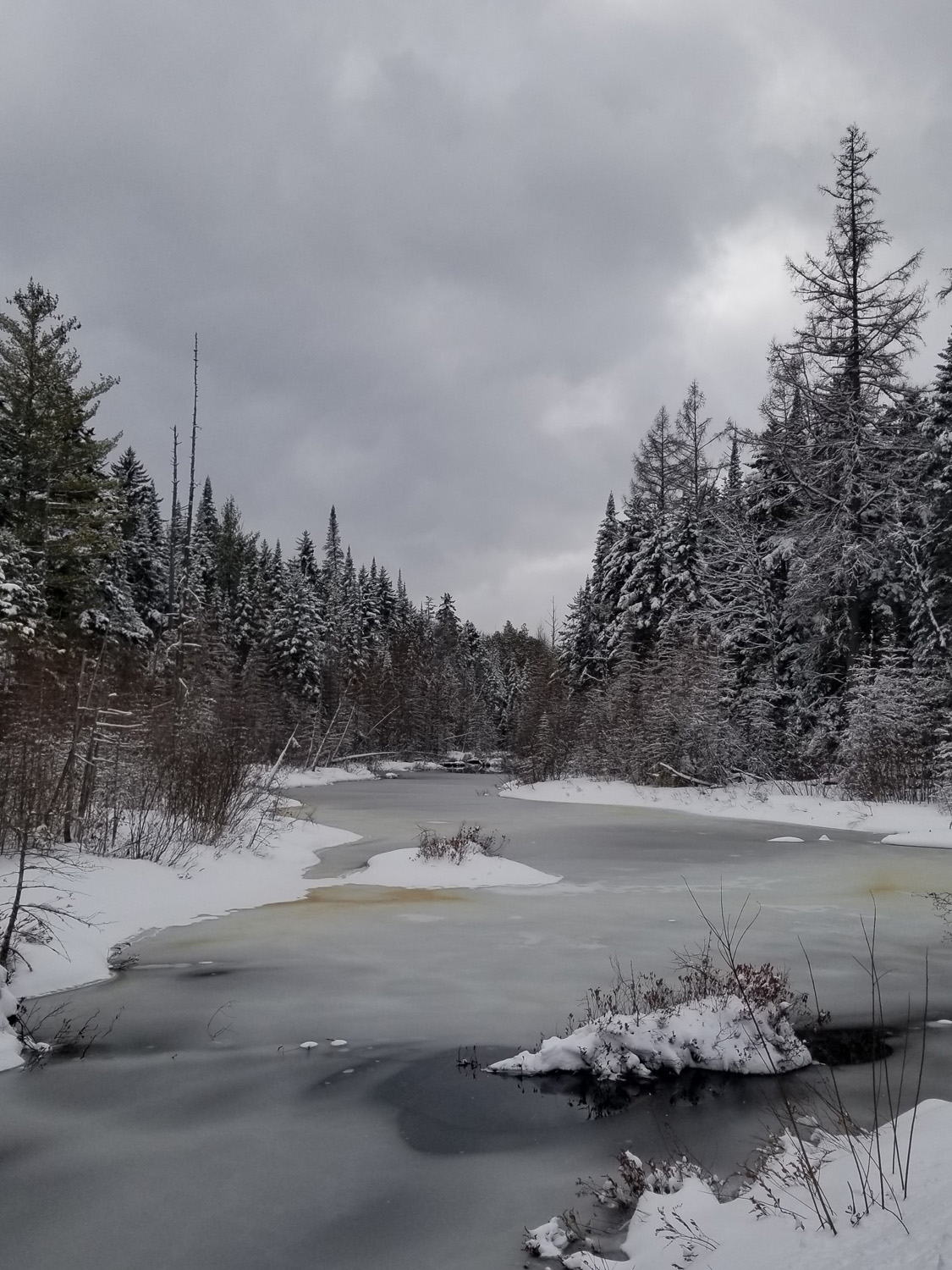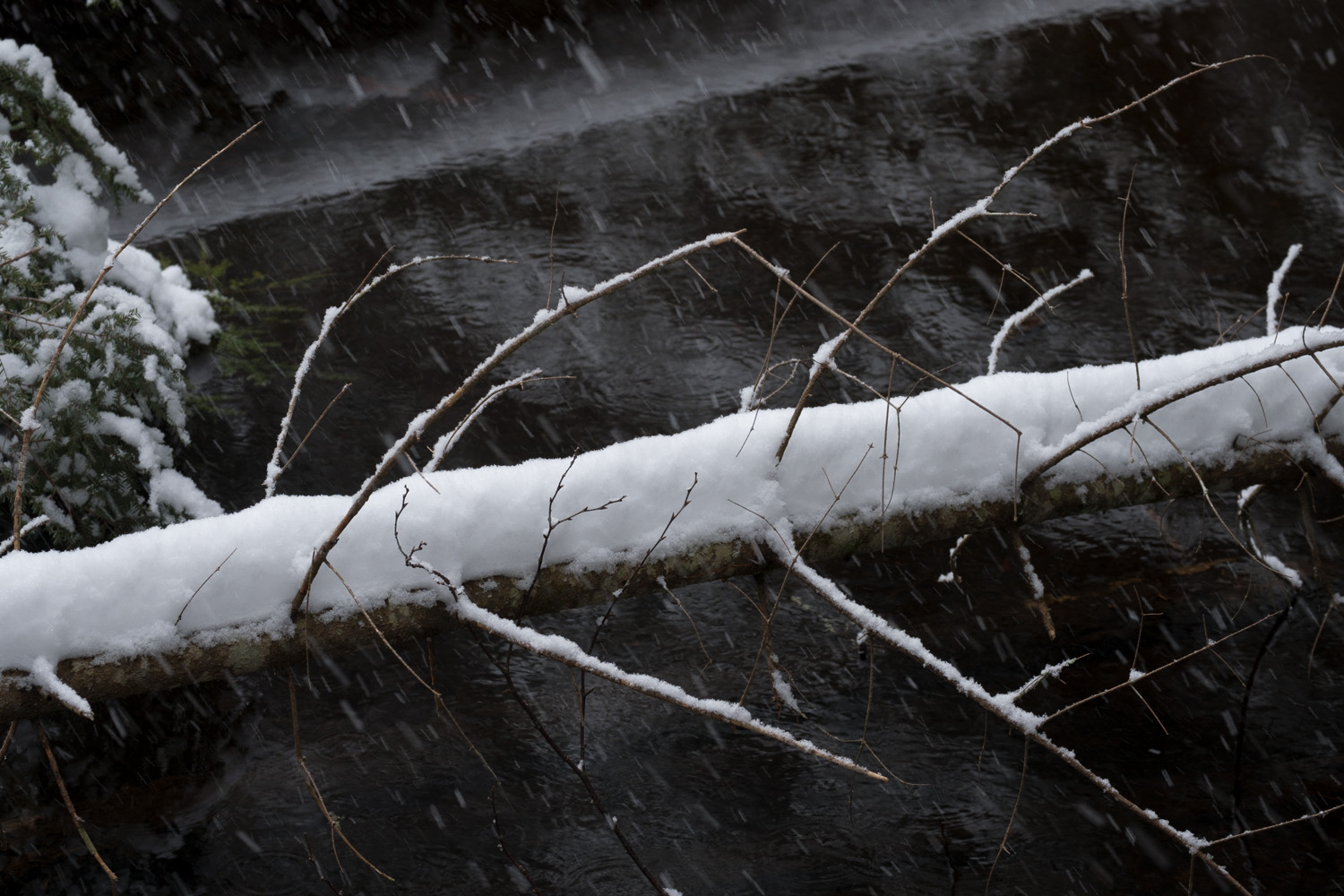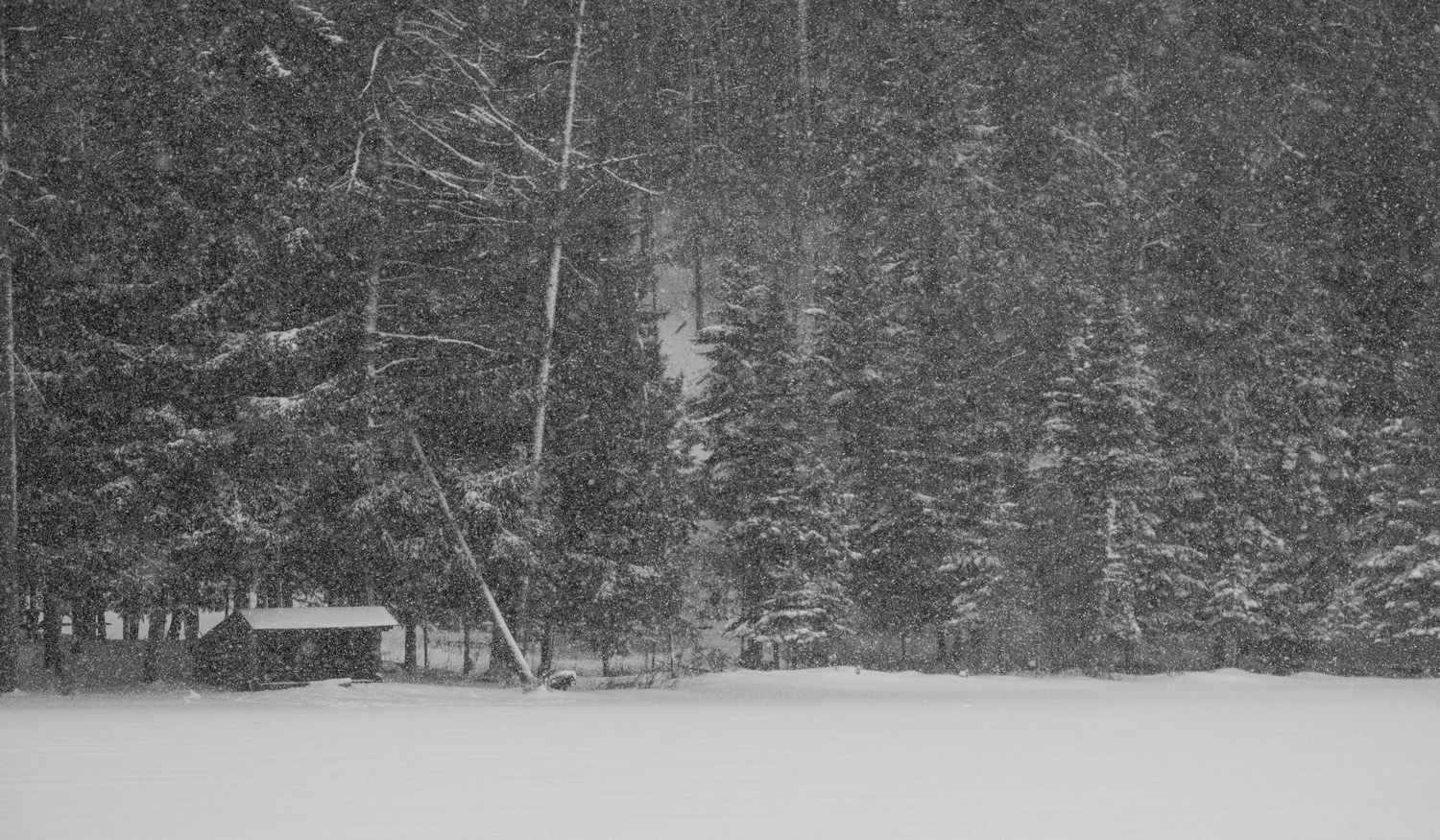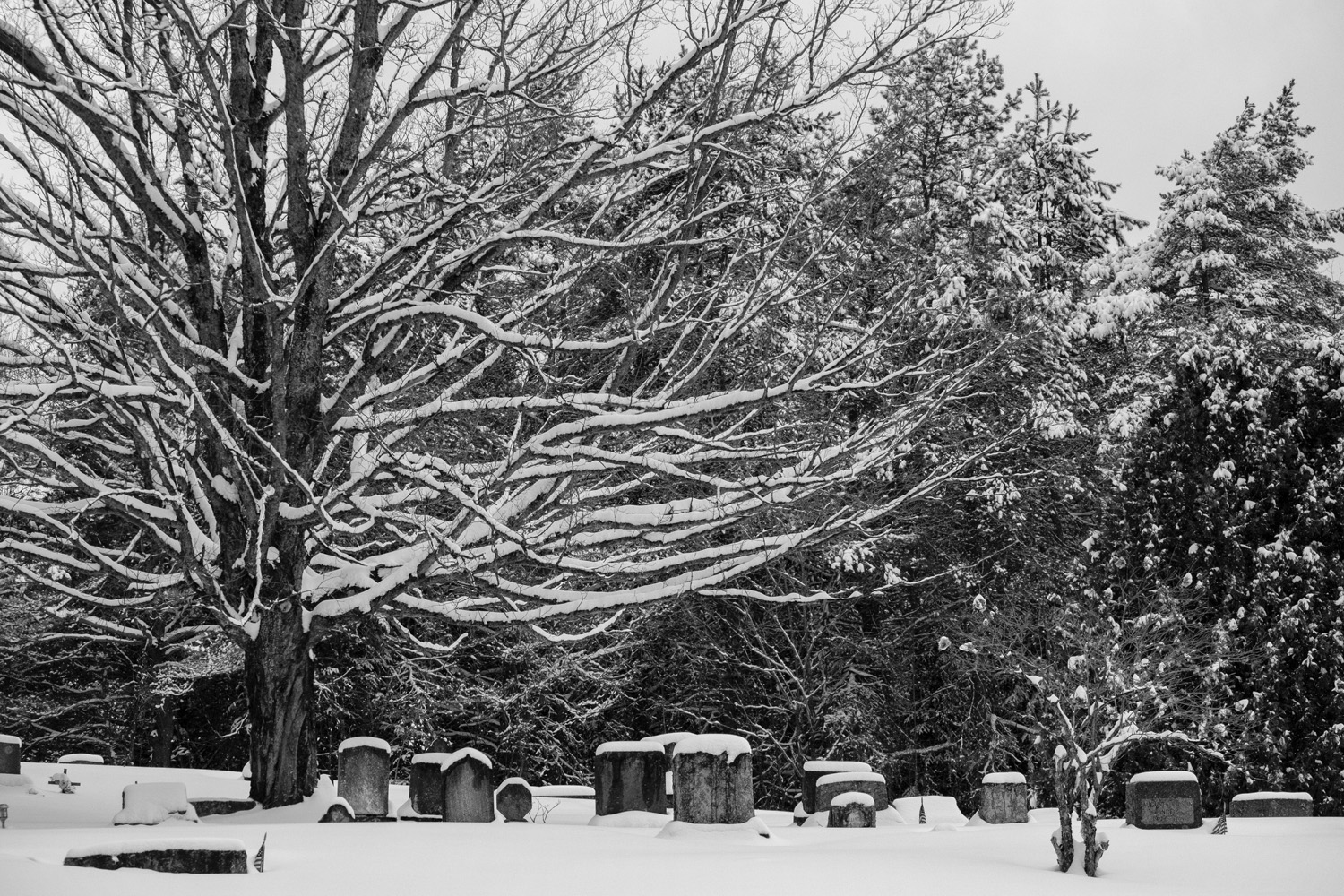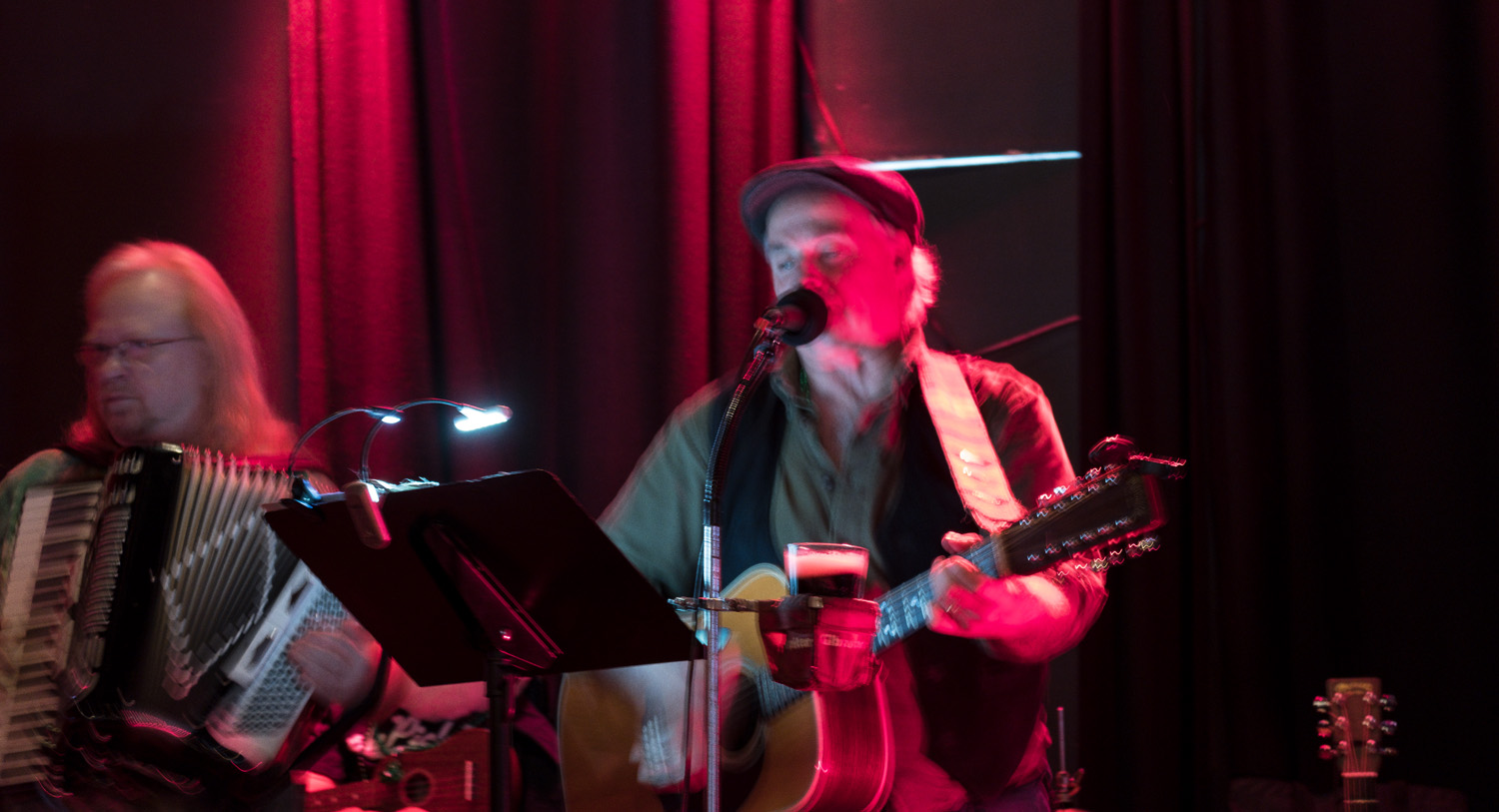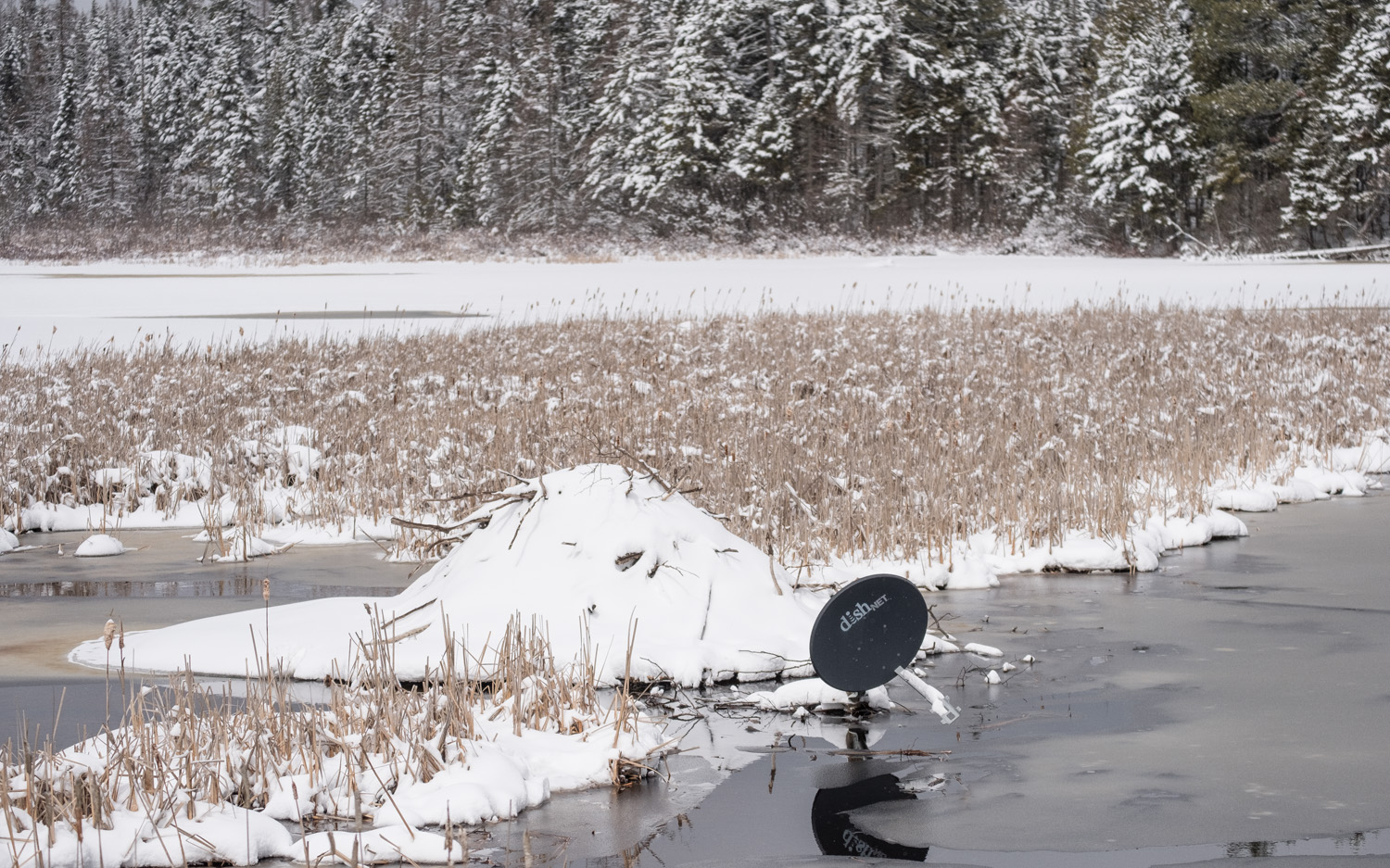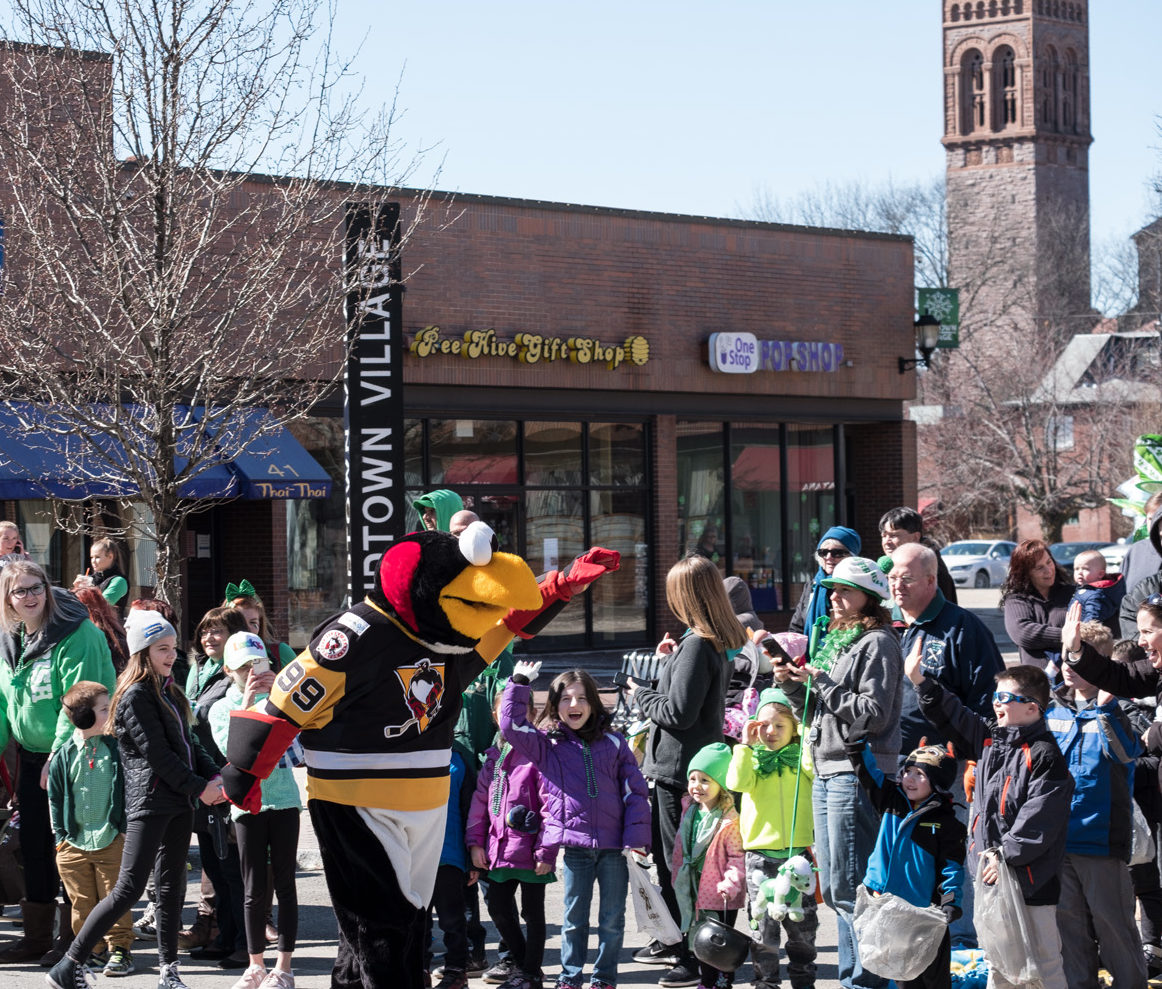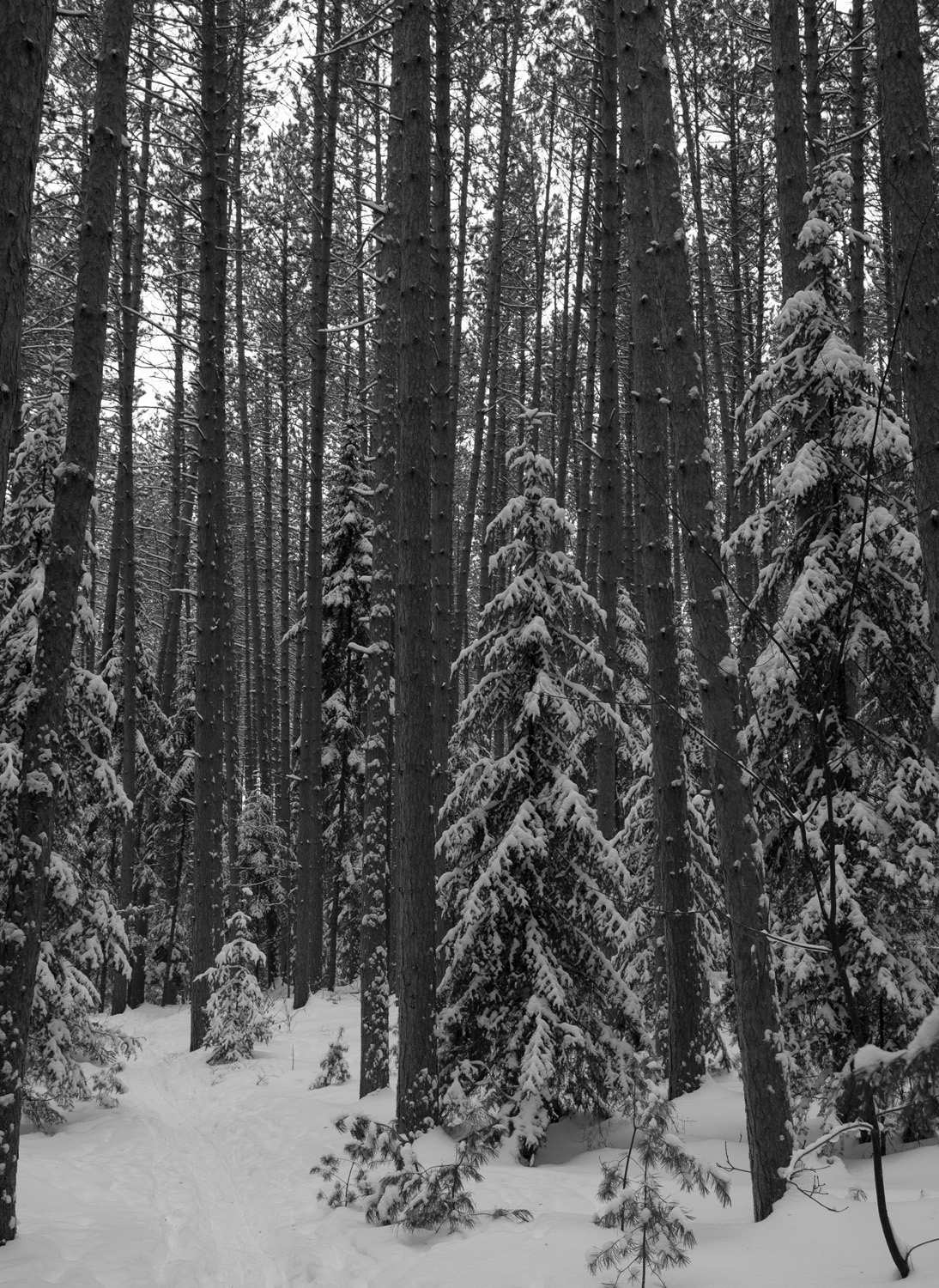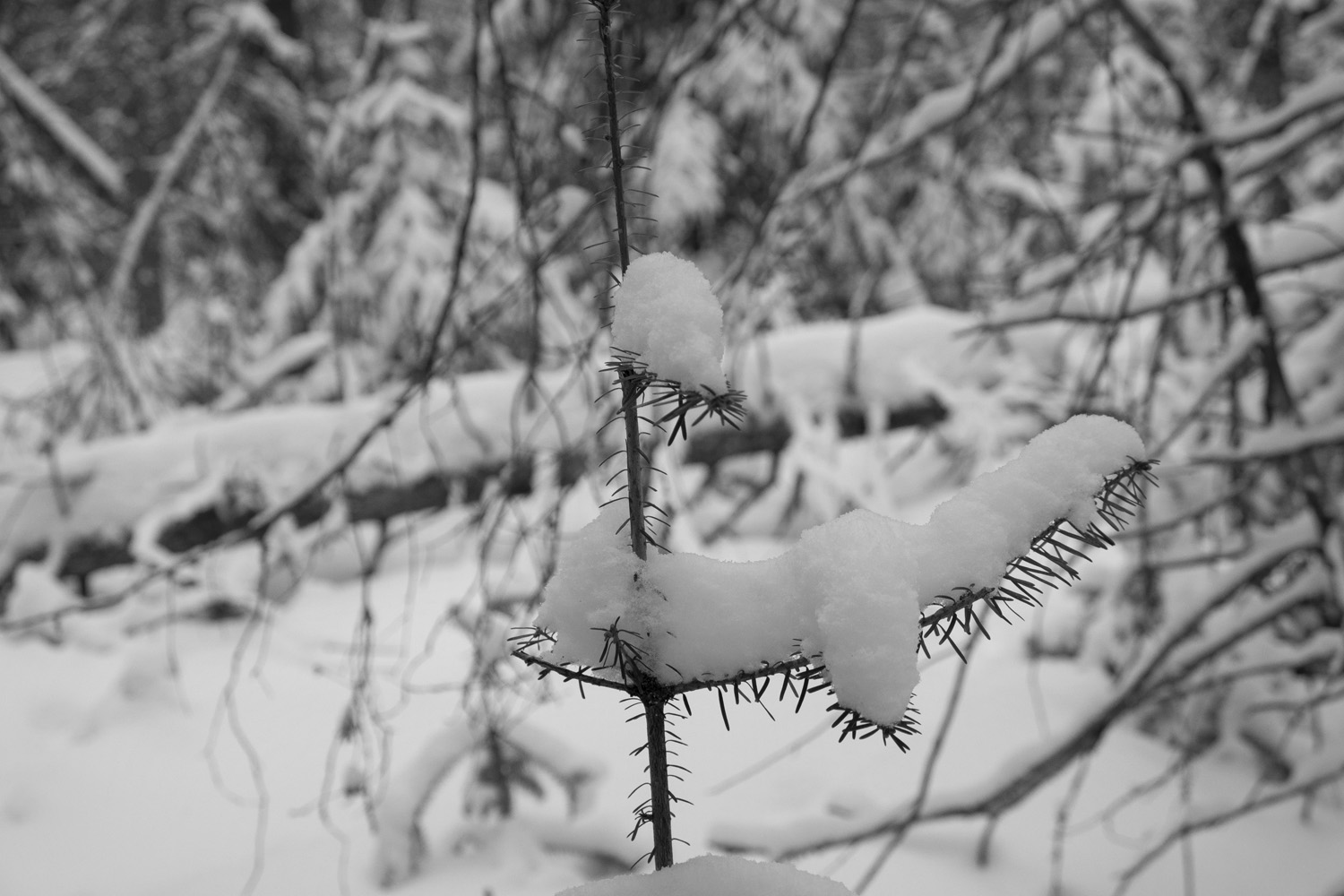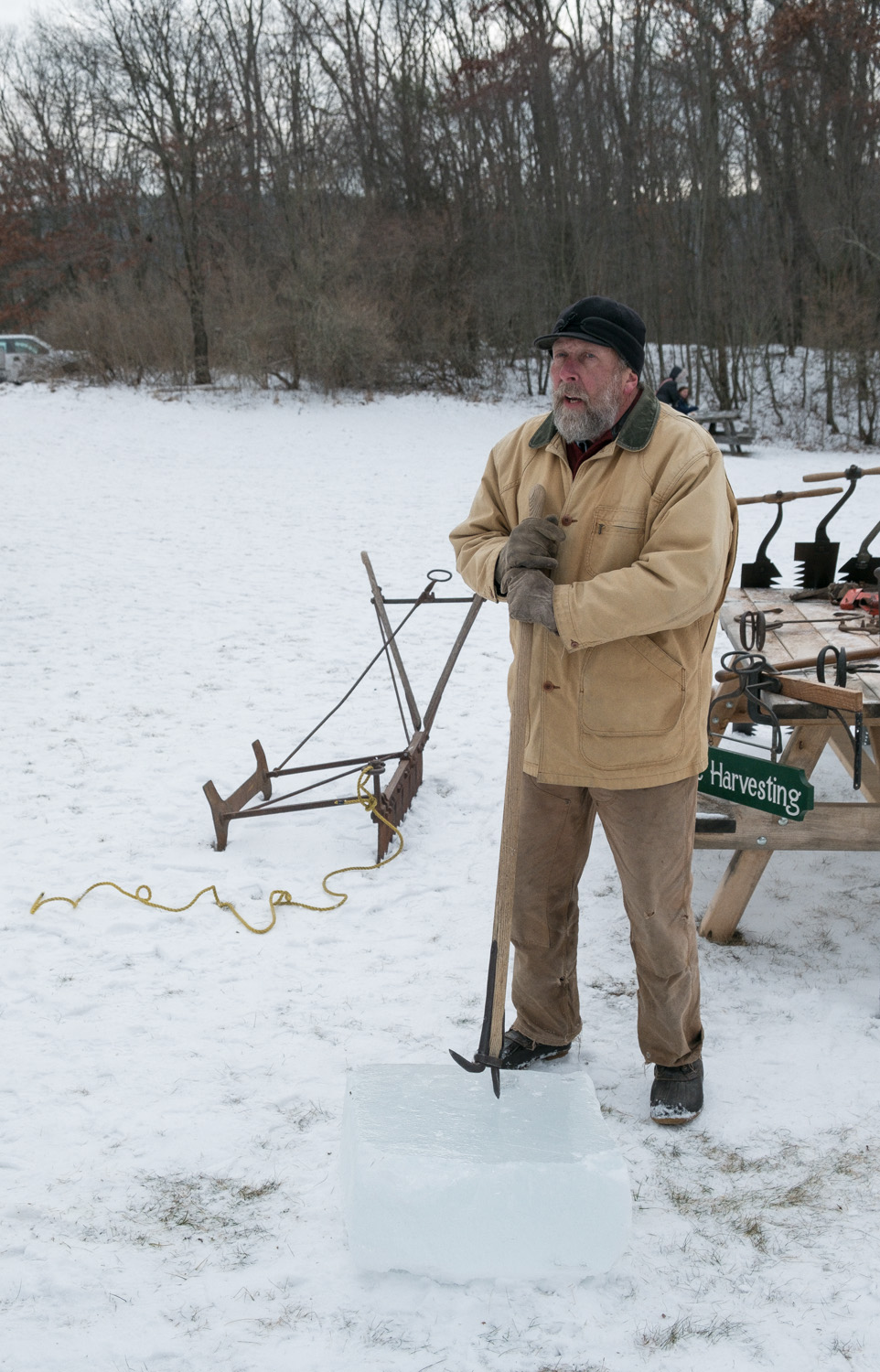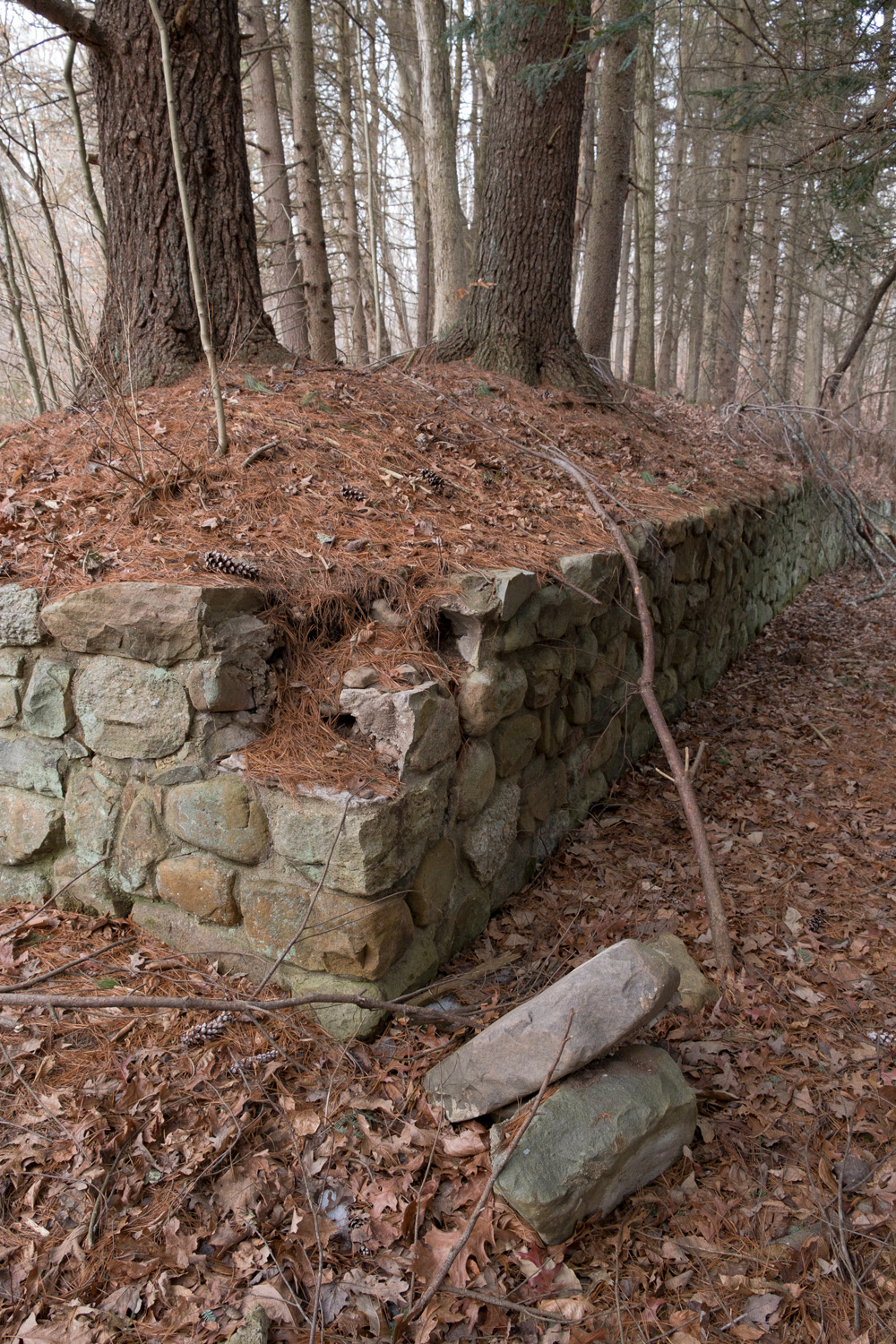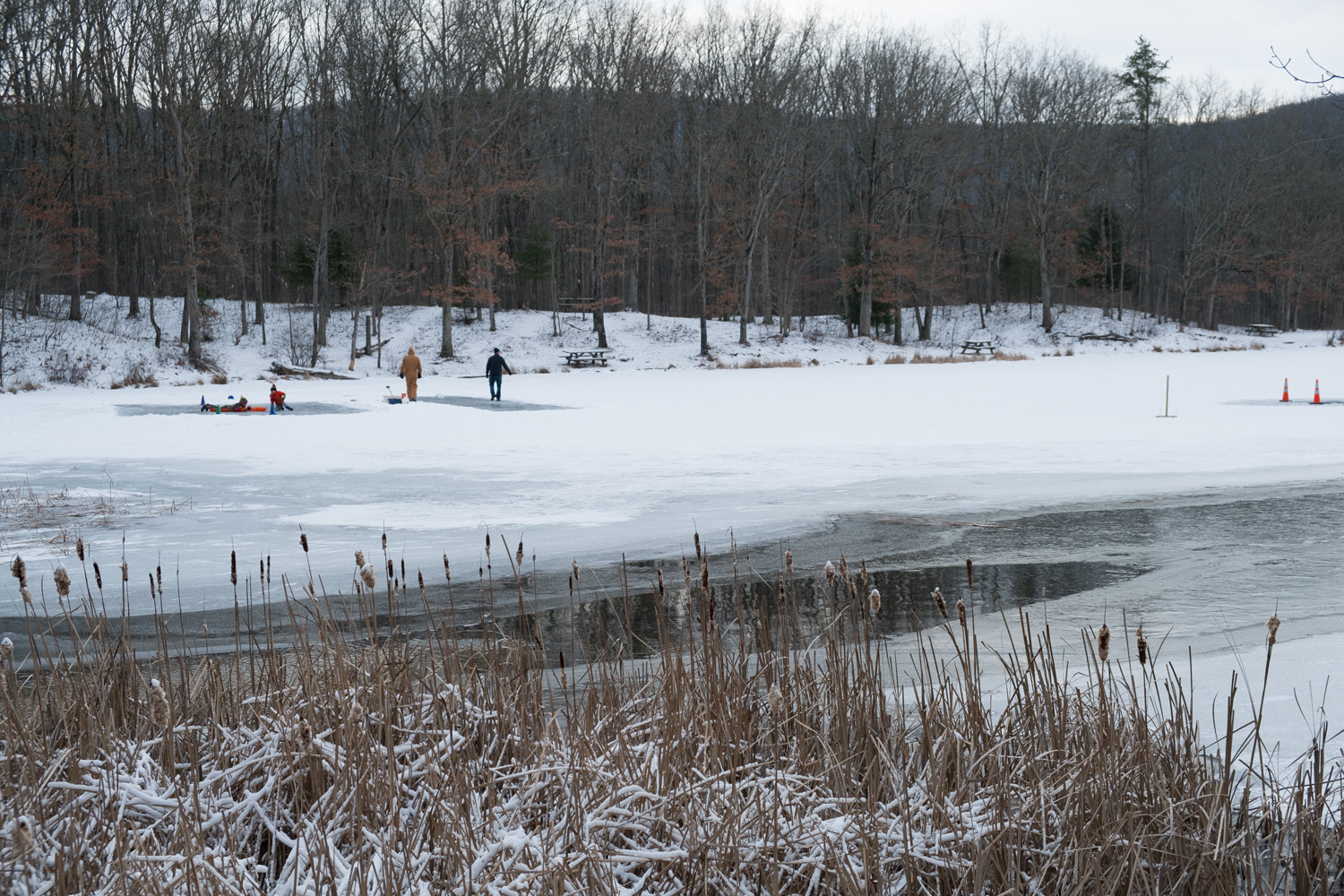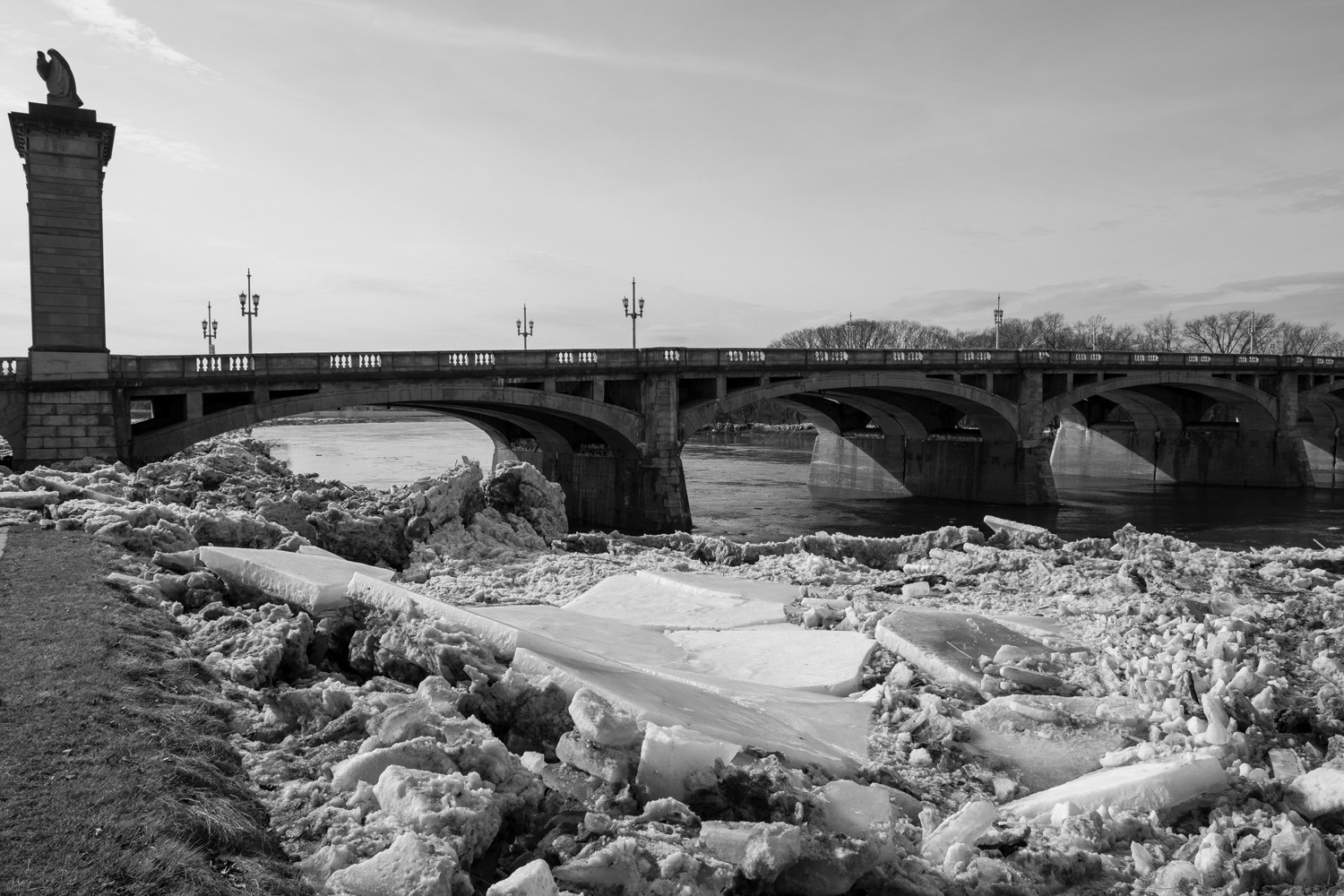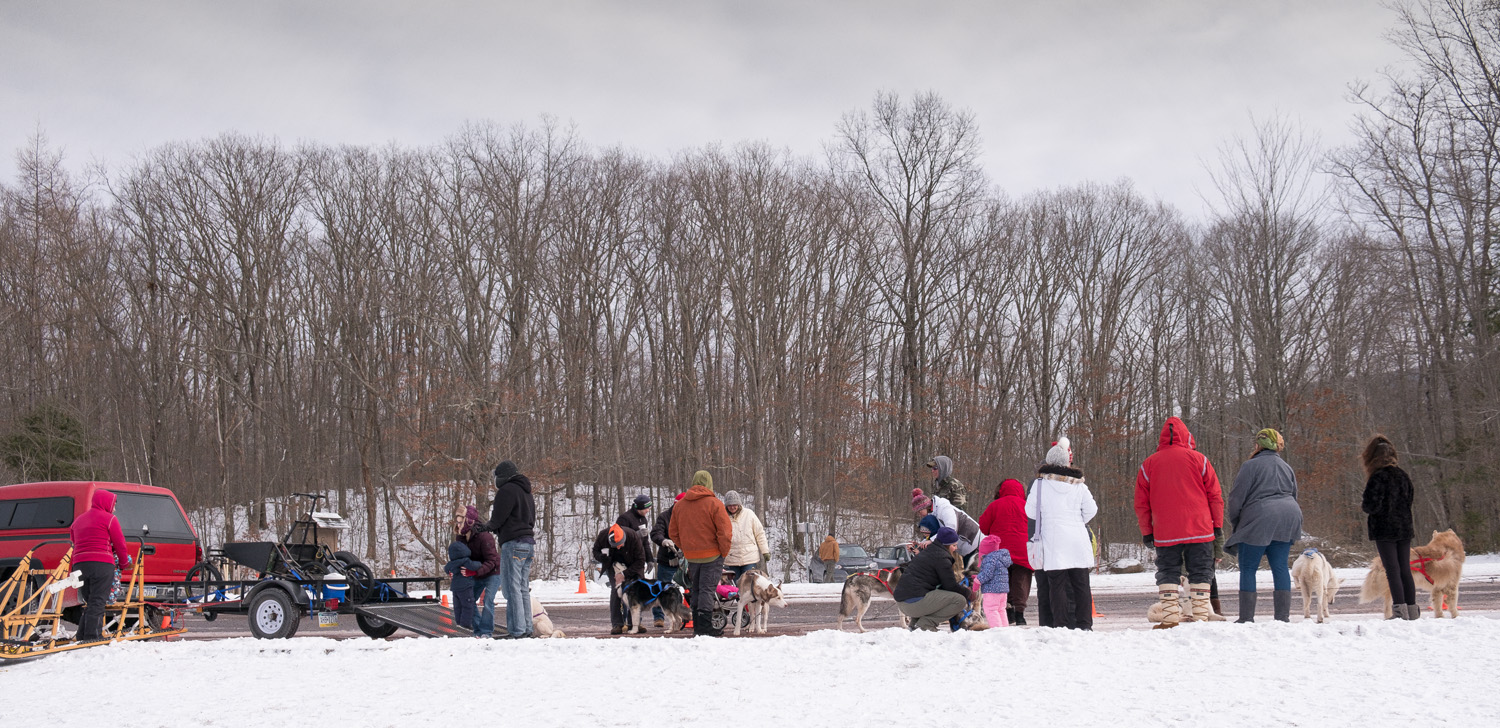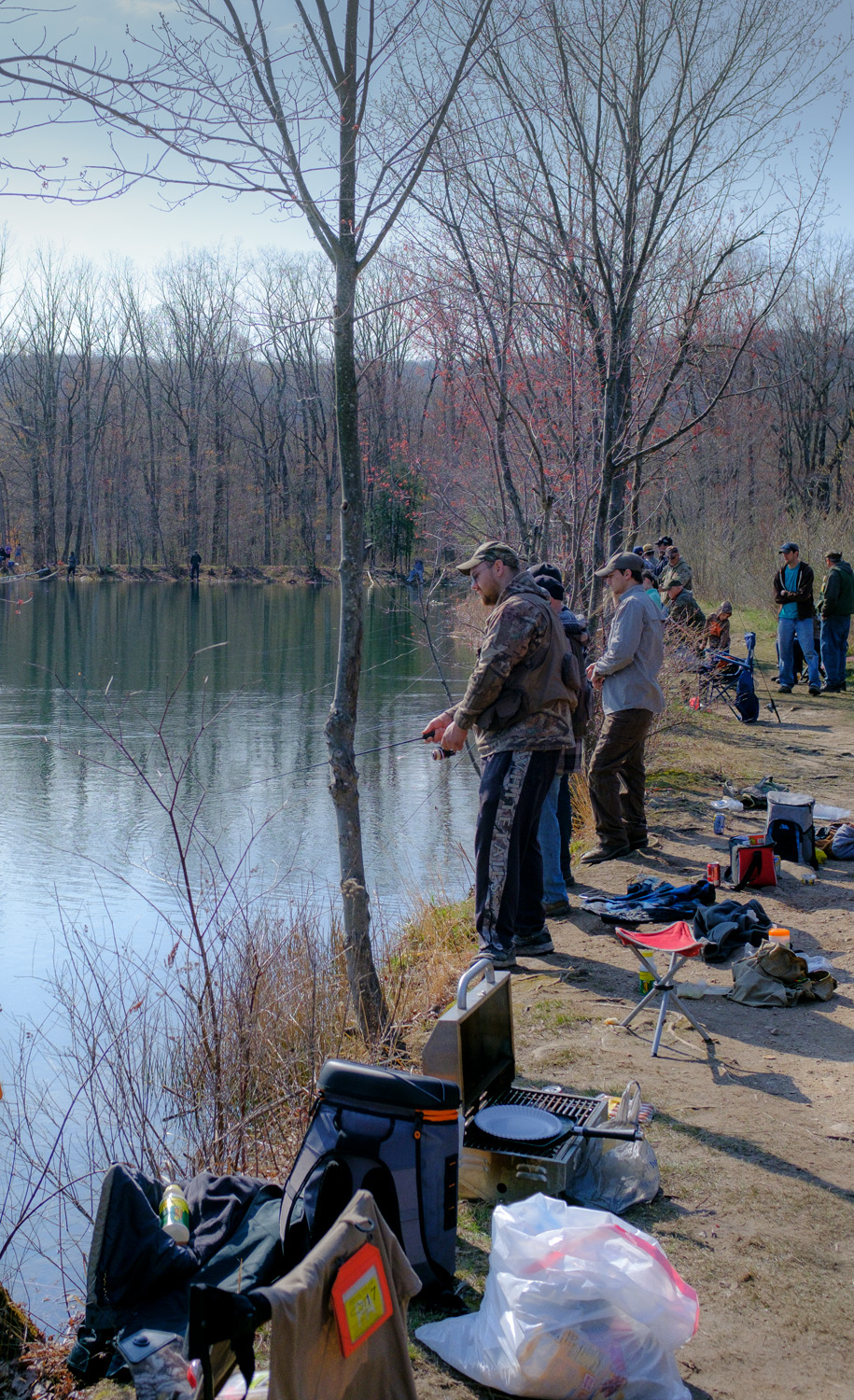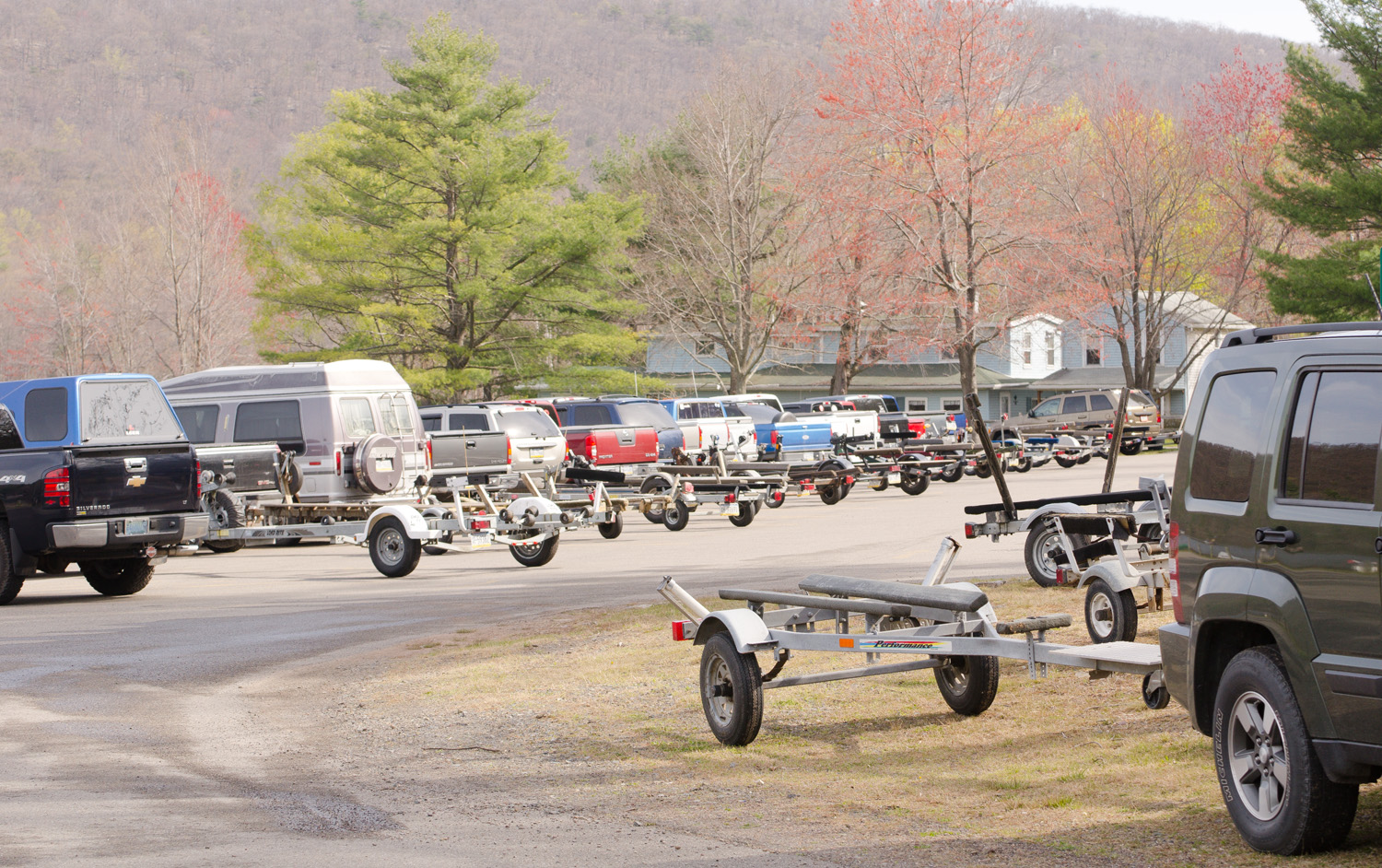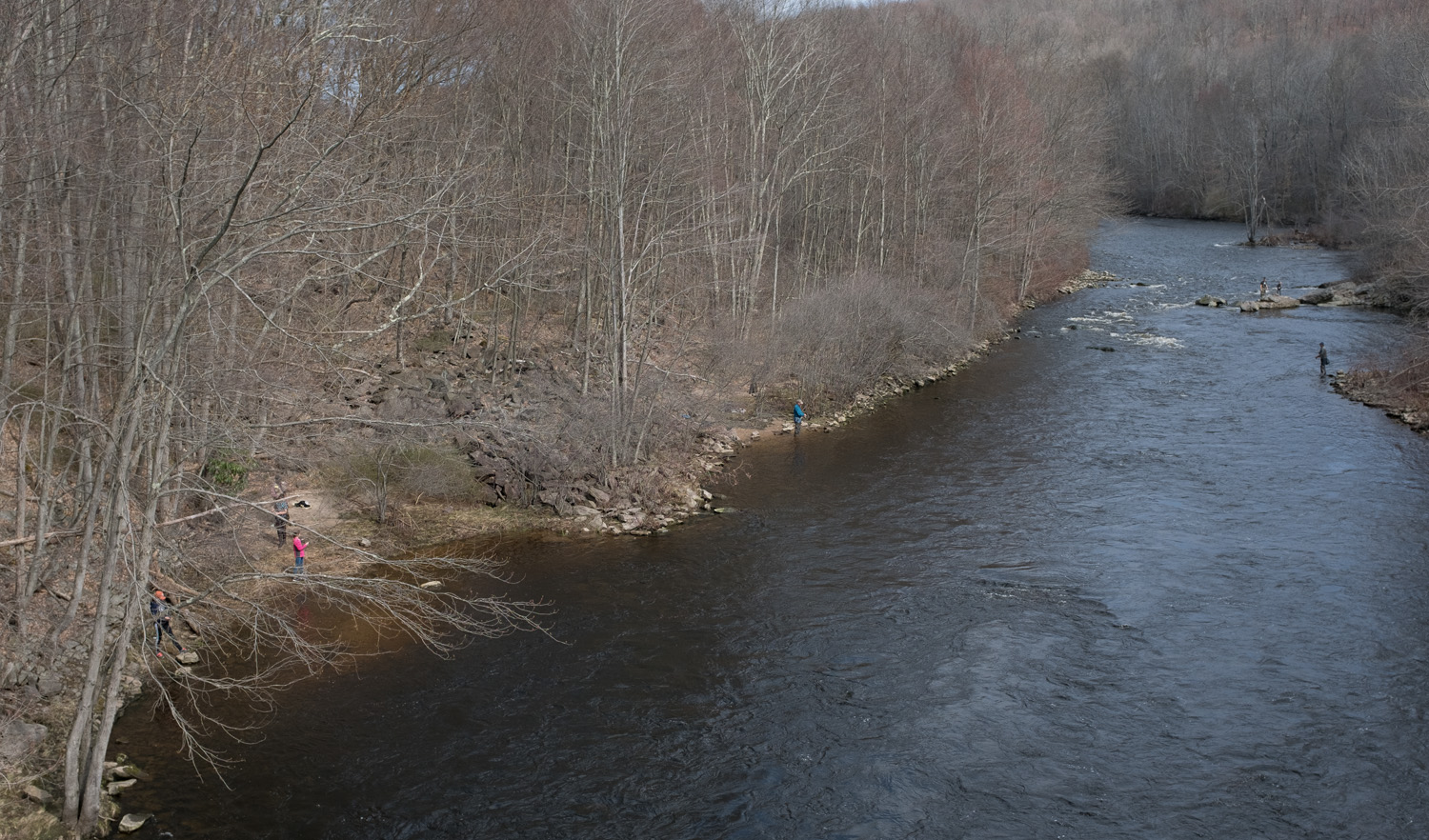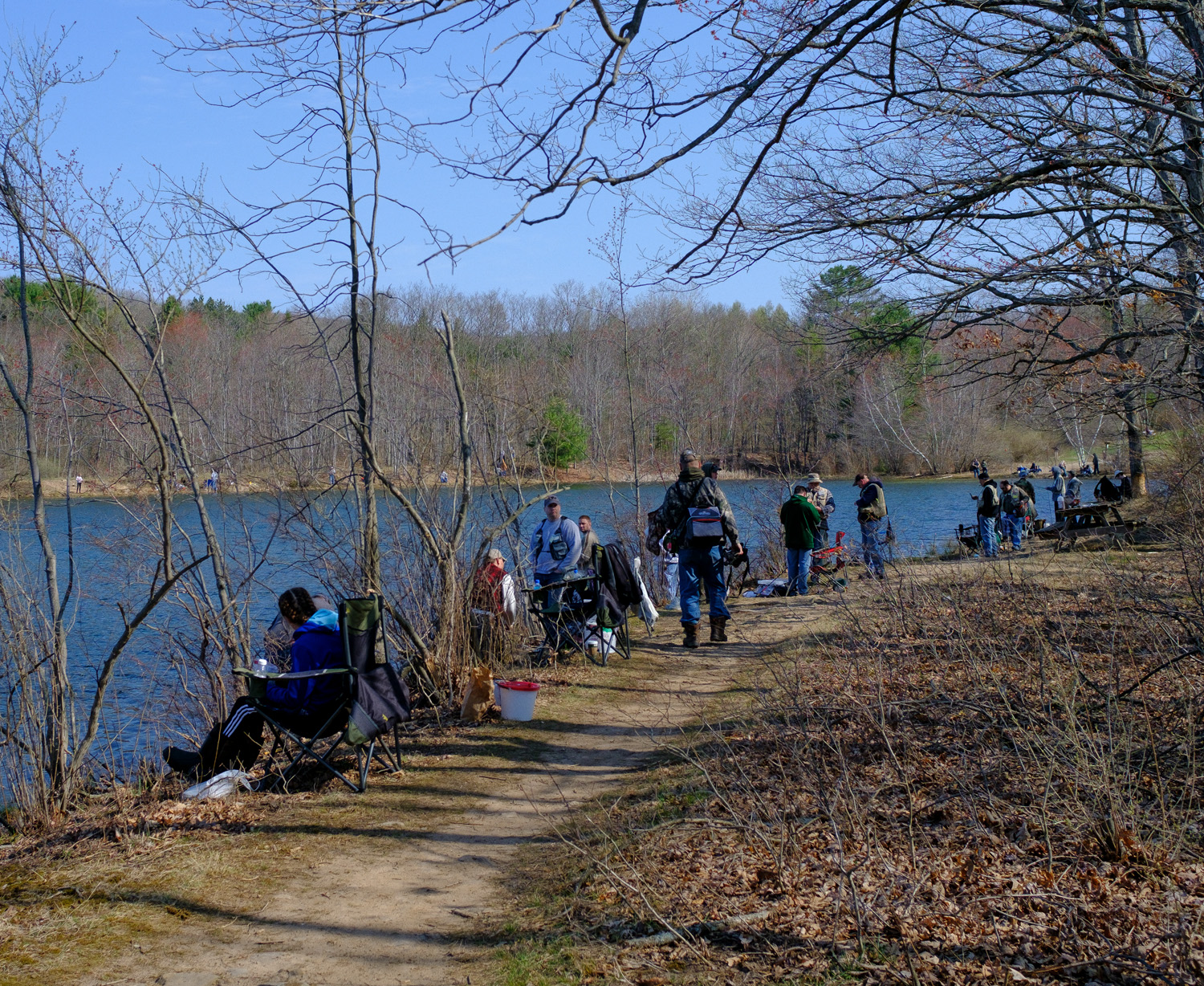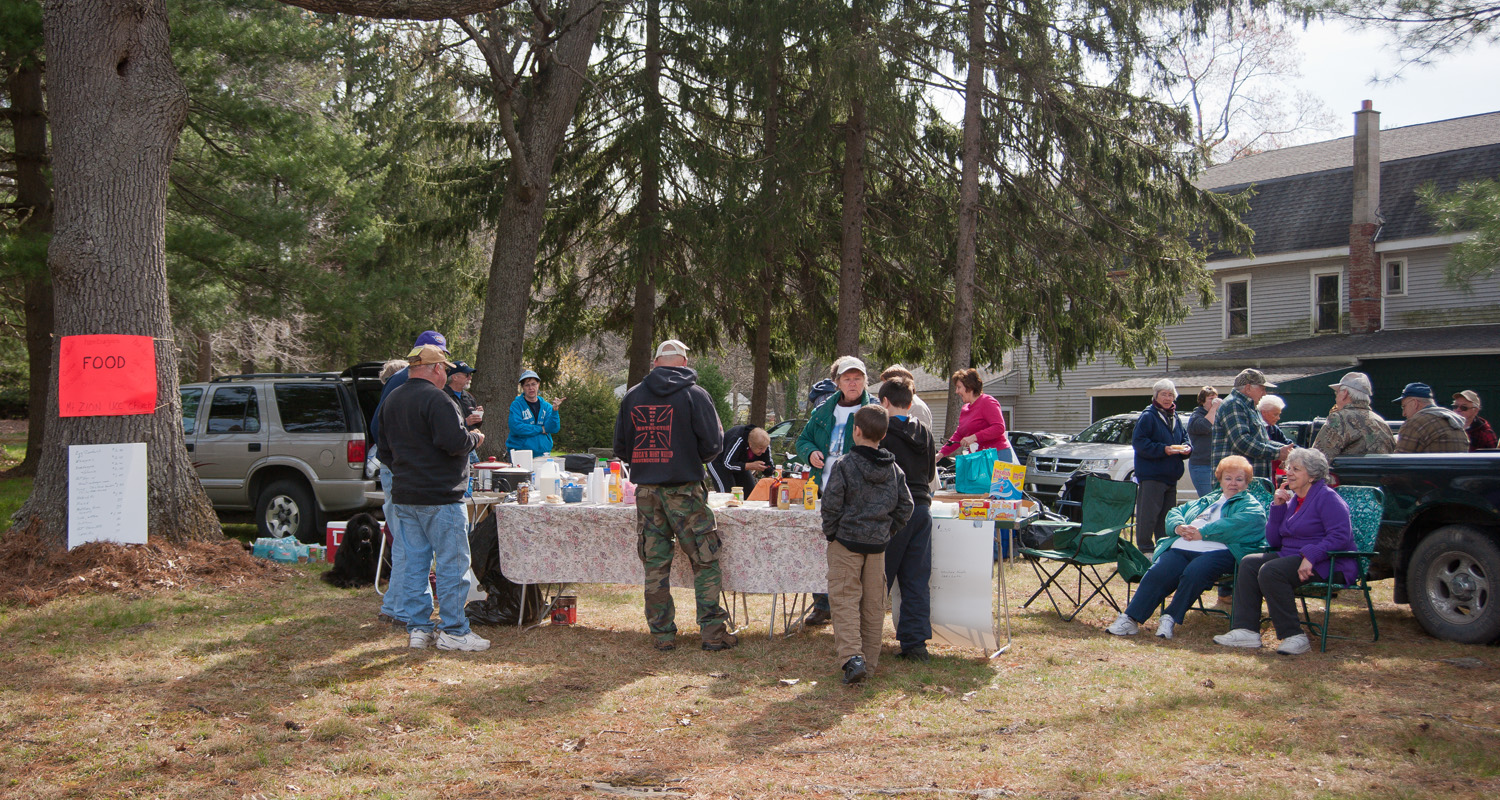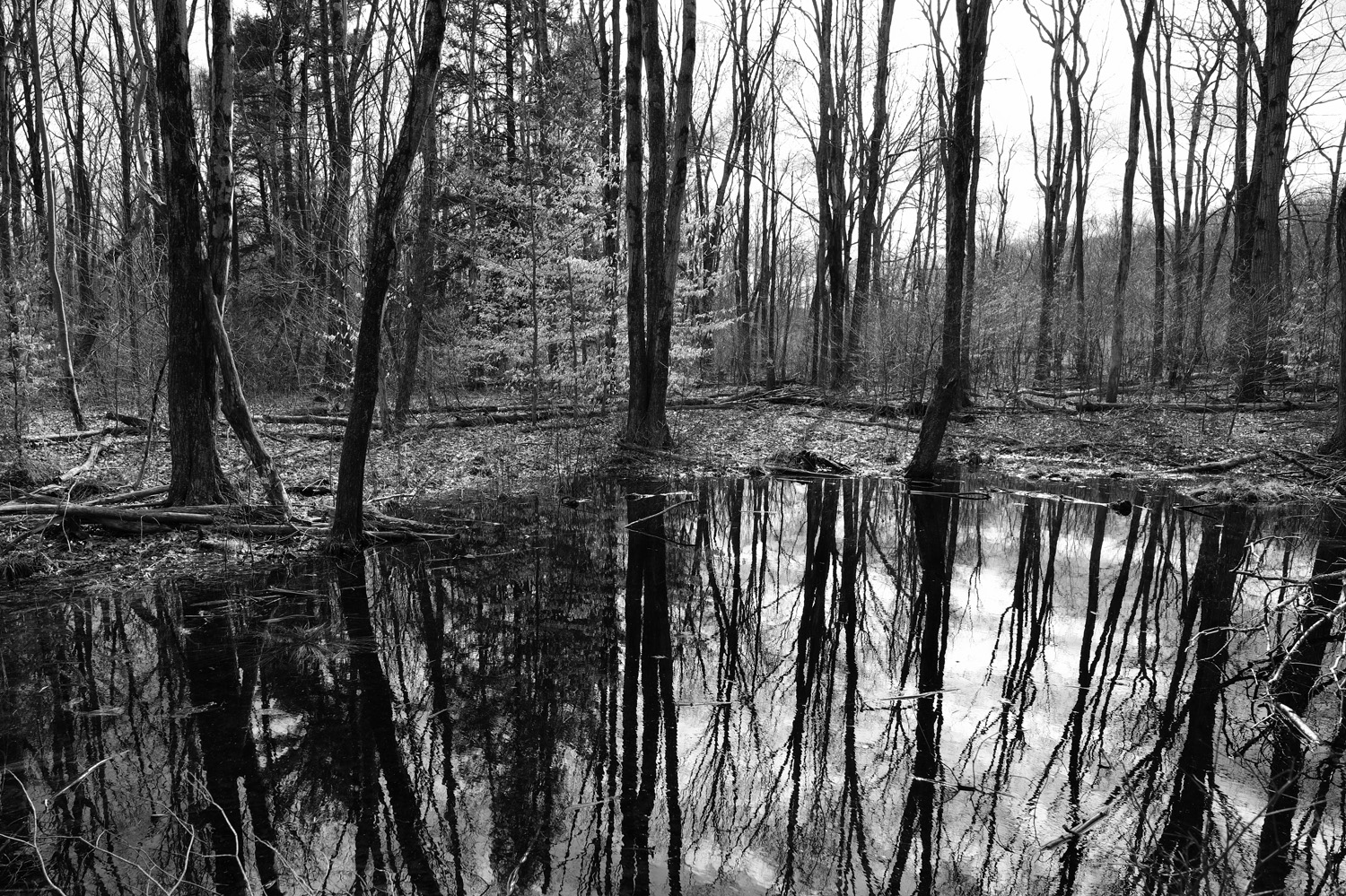
This piece was published in the American Thinker on April 7, 2025
Disappointment is part of life. How we handle disappointment can be a window into someone’s strength of character. It is a test that, in 2025, many on the left are failing catastrophically.
I was certainly disappointed in January of 2020, when Joe Biden was sworn in as president. I was disappointed by the opening of the southern border, the idiotic spending, the resultant inflation, the COVID lockdowns, and the disastrous pullout from Afghanistan. Although many of us felt that the election was stolen and that Biden was clearly incompetent, most of us shrugged our shoulders and went back to work. We didn’t act out rage against liberal Biden supporters. We didn’t go around keying old Subaru Outbacks with Biden/Harris bumper stickers. We didn’t physically assault “pro-choice” demonstrators. I didn’t call anybody Hitler, nor constantly post anti-Biden memes. Neither did the vast majority of my conservative acquaintances.
Some on the left may point out the events on January 6. The more we learn about this, however, the more it seems likely that the capital intrusion was orchestrated in part by the Democrats in Congress and their allies in the FBI. After all, the left is much better at this sort of thing than we are.
Now, in 2025, the derangement of the left is simply staggering. Let’s look at Elon Musk. Remember back three to four years ago, when he would host the announcement of a new product, such as the Cybertruck, which paved the way for a “carbon zero” environment. Only Steve Jobs, with his Apple product introductions, was more revered by the left. The liberal elites and celebrities flaunted their expensive Tesla automobiles to virtue signal to the masses.
Then, Musk bought Twitter and stopped censoring conservative thoughts. In like 20 minutes, he was an icon no more, and the hate from the left erupted like a thunderstorm in Kansas.
Then Musk committed the worst liberal sin. He began campaigning for Donald Trump. Then began the Saul Alinsky-type attacks
Now, the wealthiest businessman in the world is leading a team to improve governmental efficiency and purge incompetence and fraud. By some accounts, he has already saved the government $1 trillion. From the extreme reactions of the left, you would think he was committing genocide, or worse yet, misgendering someone.
Now, there would appear to be a worldwide phenomenon where liberals vandalize Tesla automobiles, which ironically, tend to be owned by other liberals. Dealers are harassed with protests. Cars are vandalized, and inventory is burned. Tesla’s stock value has been badly damaged. Any previous admiration for Elon Musk has been purged from the liberal worldview.
Question: Why, in the name of God, do people outside of the US care about any of this? How have they been recruited to this liberal crusade? Who is organizing this?
It is understandable why Doge is a threat to the liberal elite. The actions against USAID are likely disrupting the NGO laundering of taxpayer money back to the Democratic coffers. However, this is not likely the concern of your average crazy liberal protesting at a Tesla dealer. For most liberals, it would seem that Elon’s mortal sin is merely working with Trump. That is apparently enough for liberals to turn off NPR, and “storm the barricades” by attacking an automotive brand they previously revered.
For me, it is incredibly frightening the degree of emotional instability and psychotic obsession that is widespread throughout society. To me, it is reminiscent of how the actual Hitler convinced the German populace to tolerate, if not participate in, the persecution of Jews. It is difficult for me to comprehend how we can heal a society that includes such thoughtless, programmable, and violent citizens.
If this campaign to streamline government, balance our trade situation, and reduce our deficit is to succeed, we conservatives may have to become as aggressive as those on the left.
I’m not sure we have the stomach for it.
I
I would be honored if you would share this article with others.
Image: Vernal Pond and Shadows (Fujifilm X Pro 2 XF 14mm f2.8)











